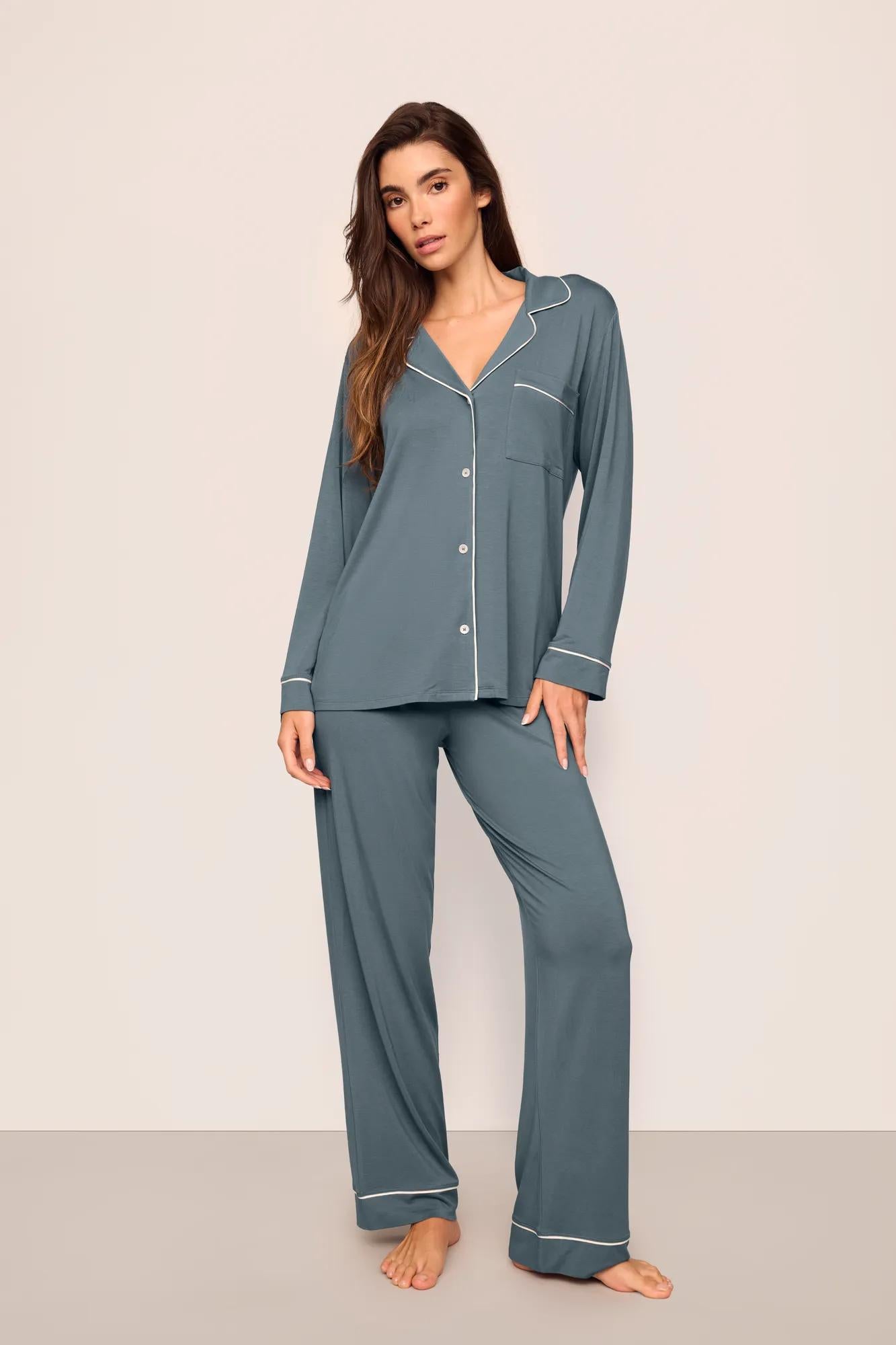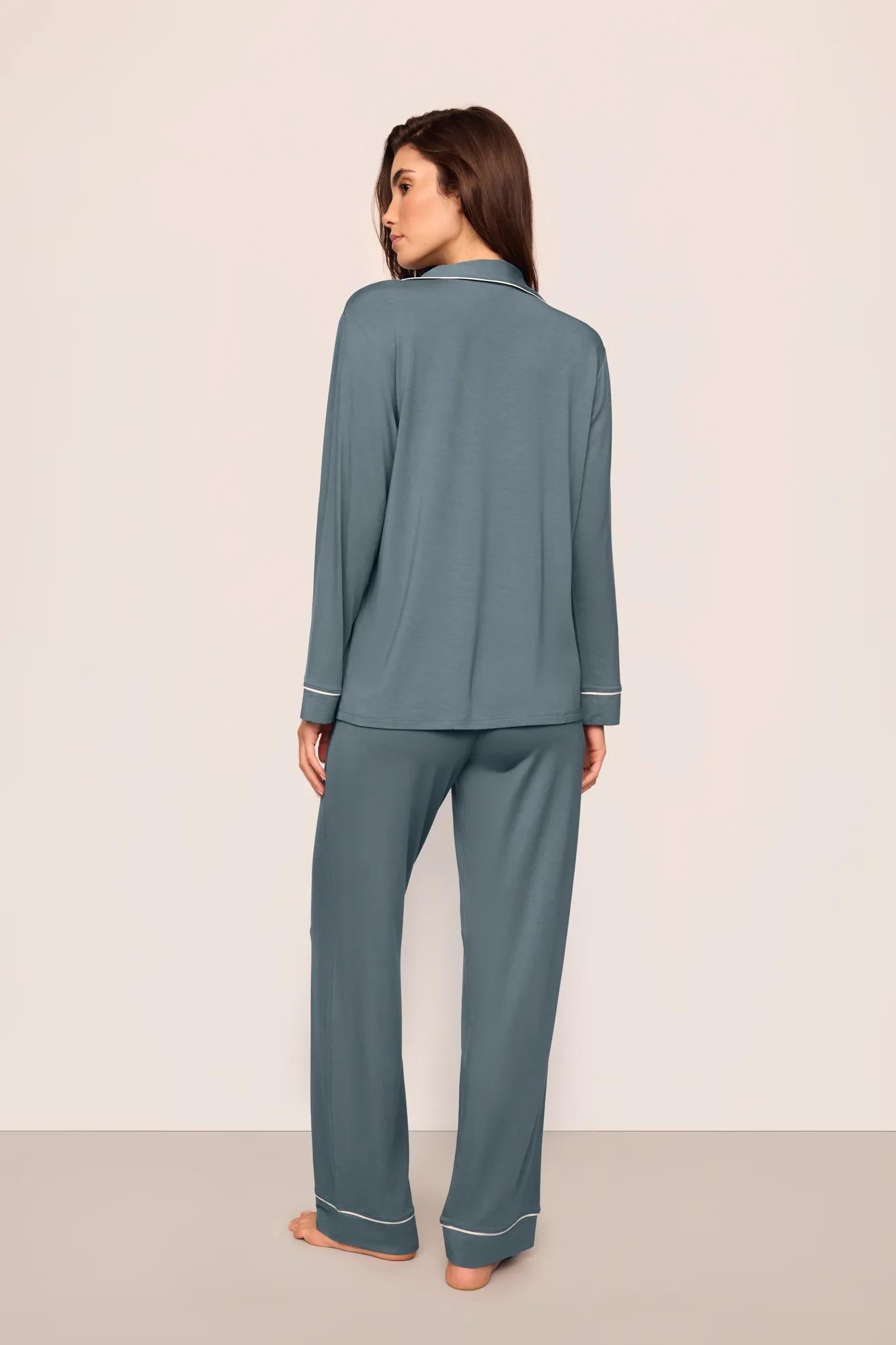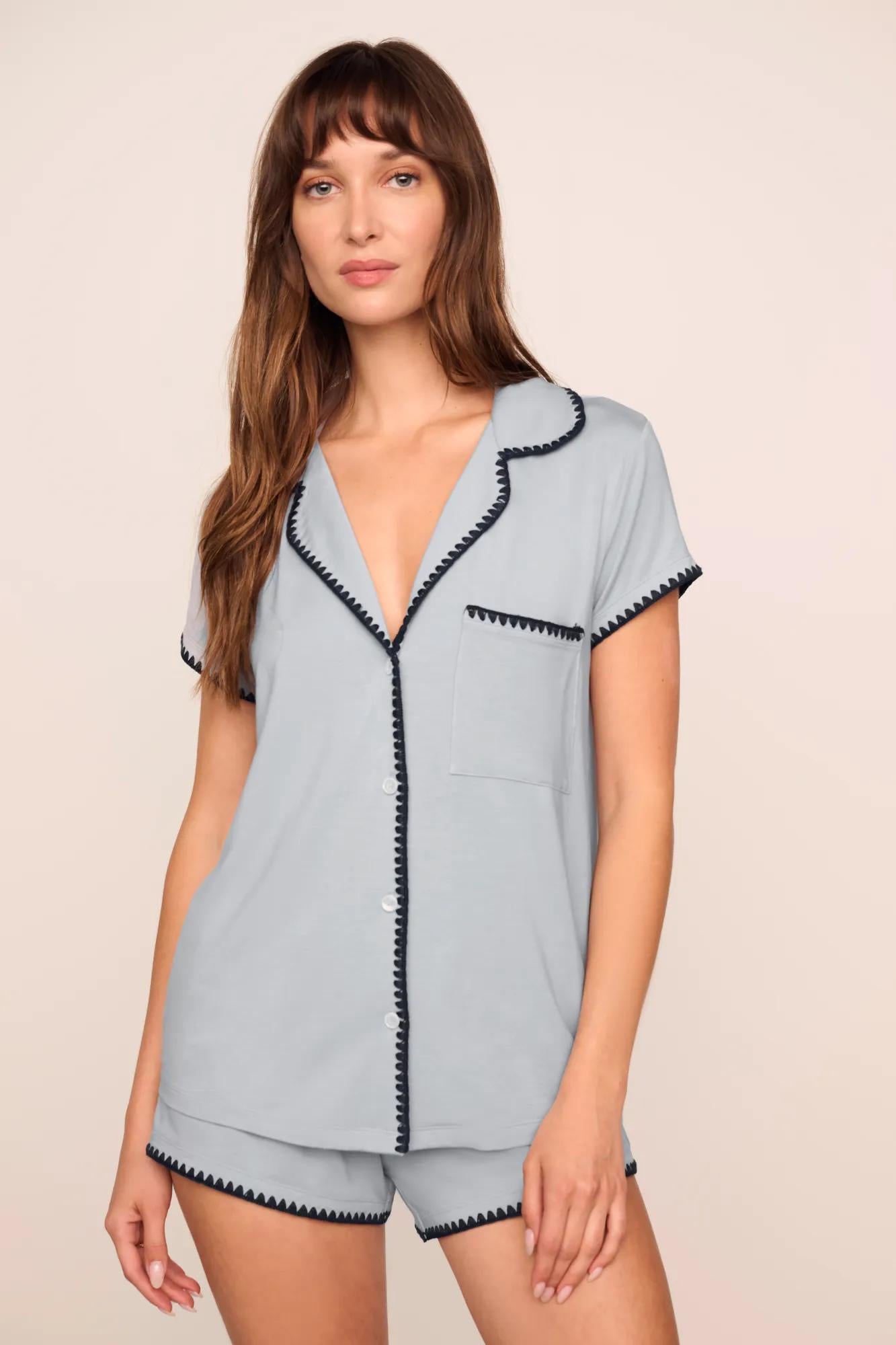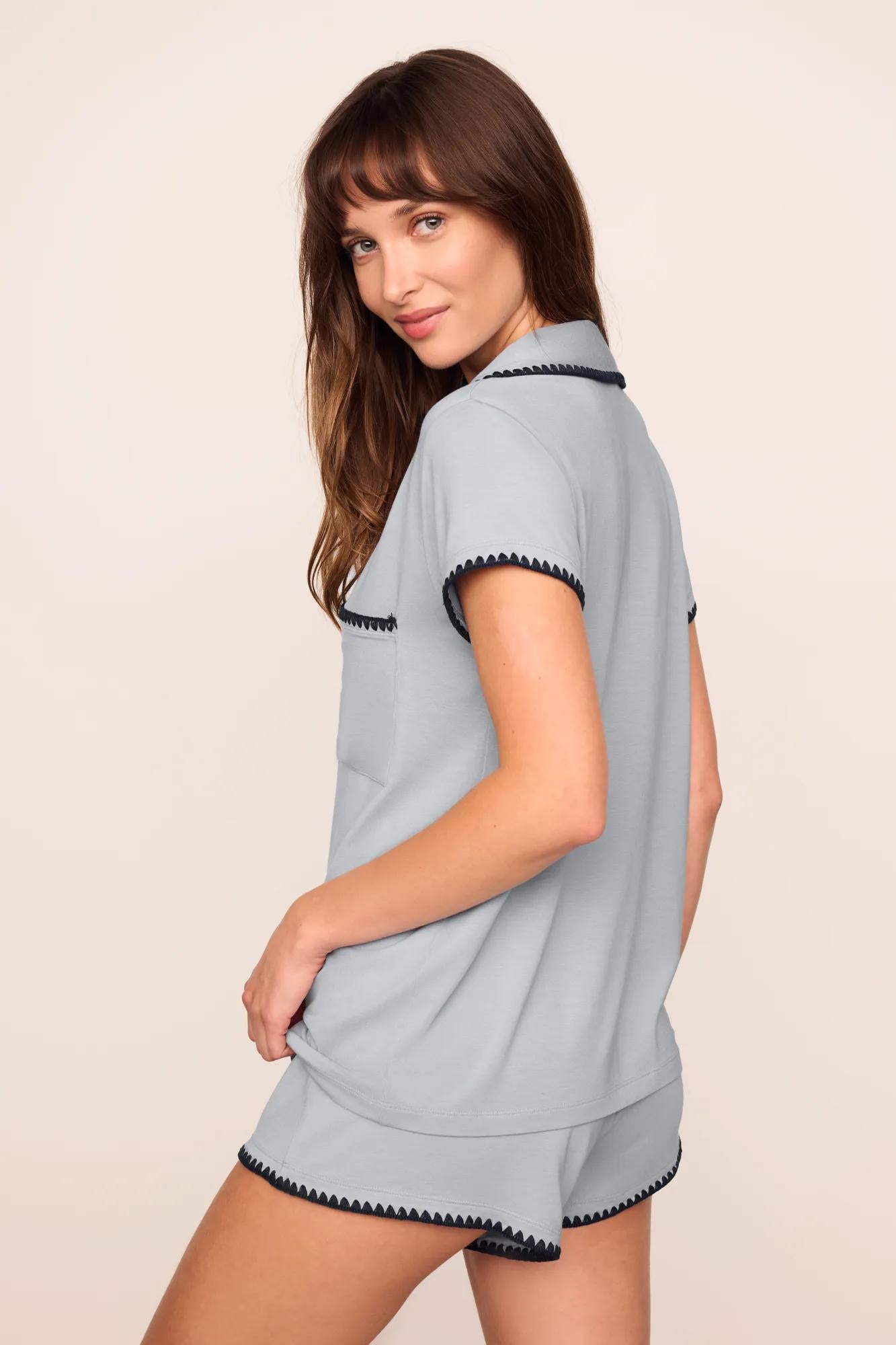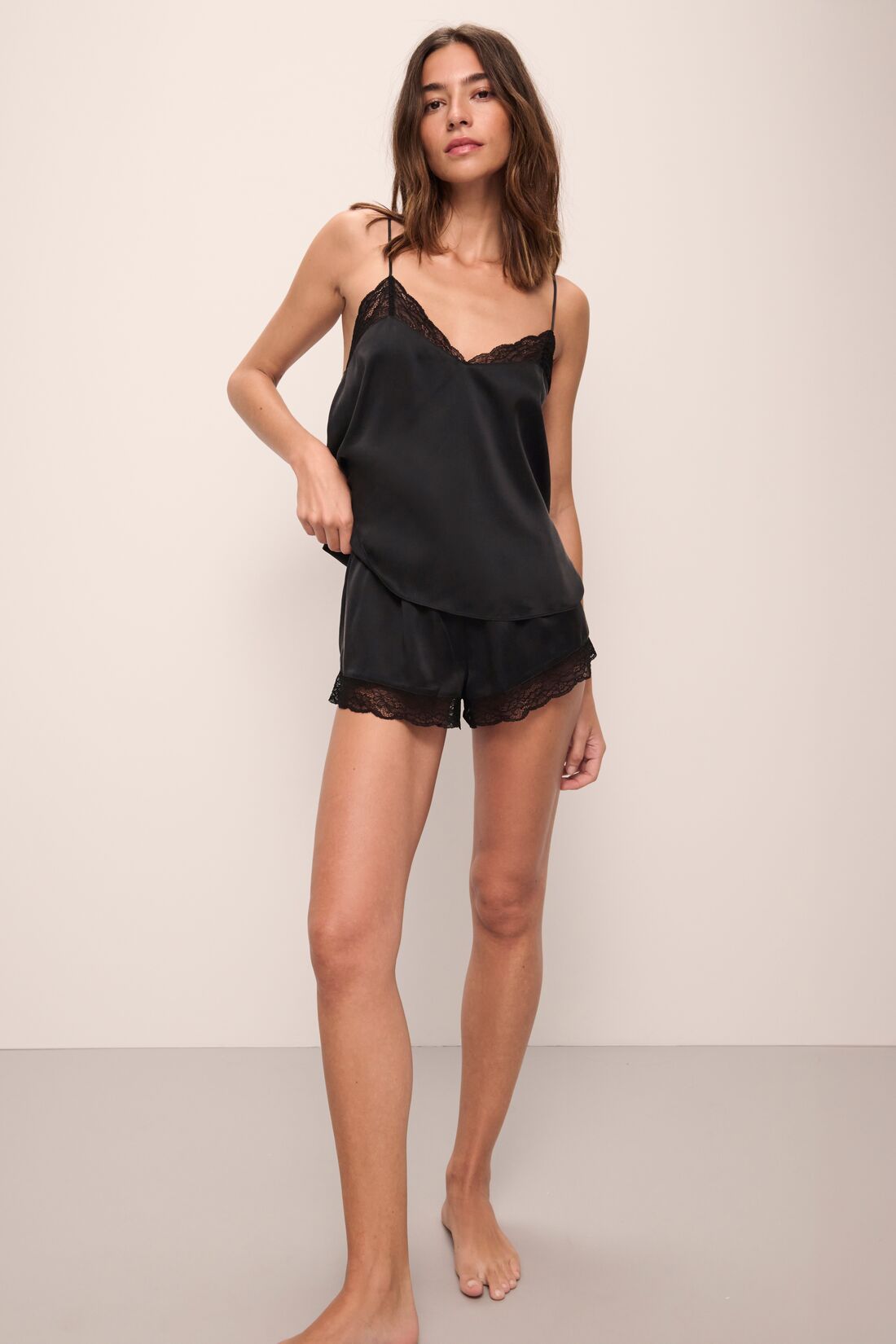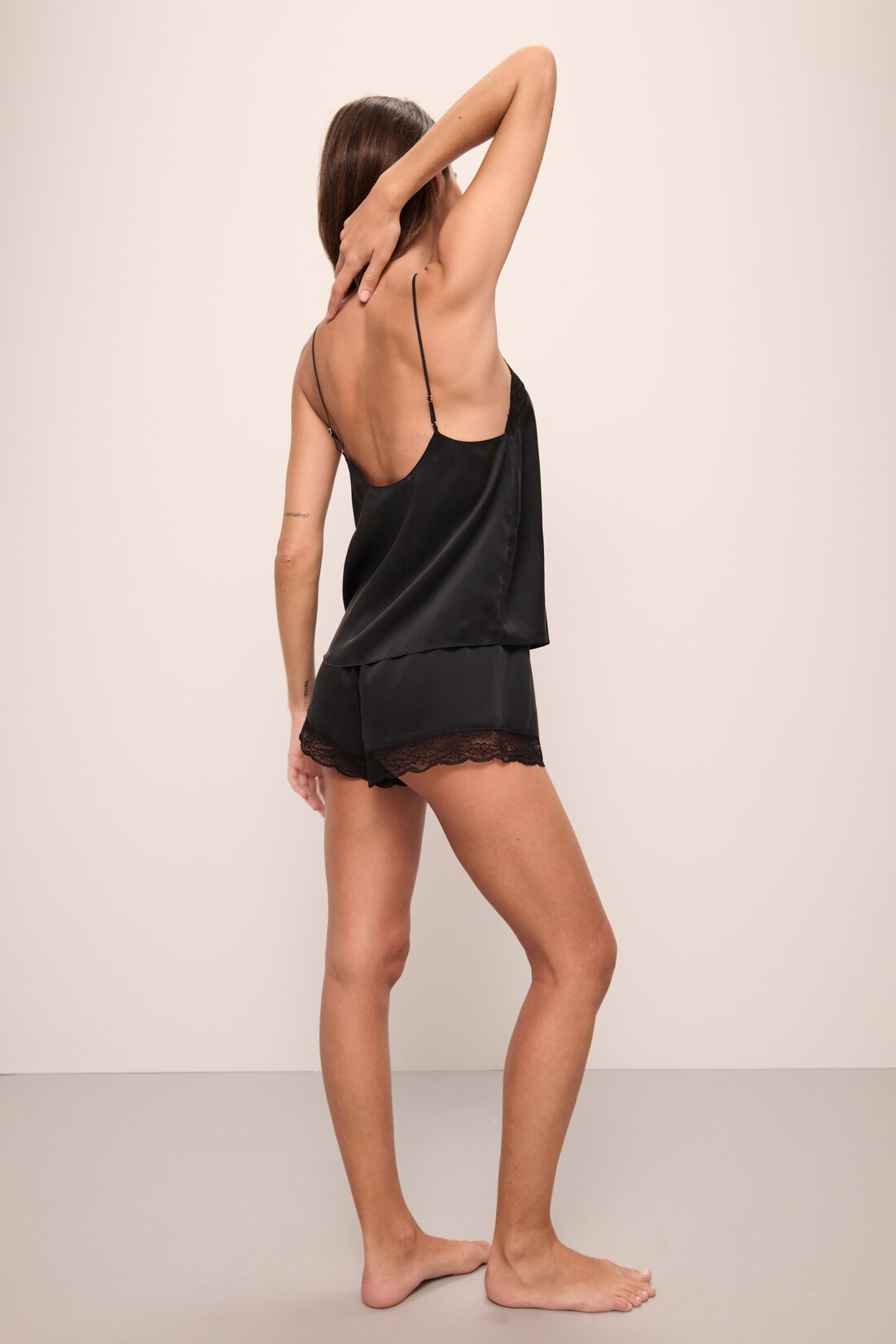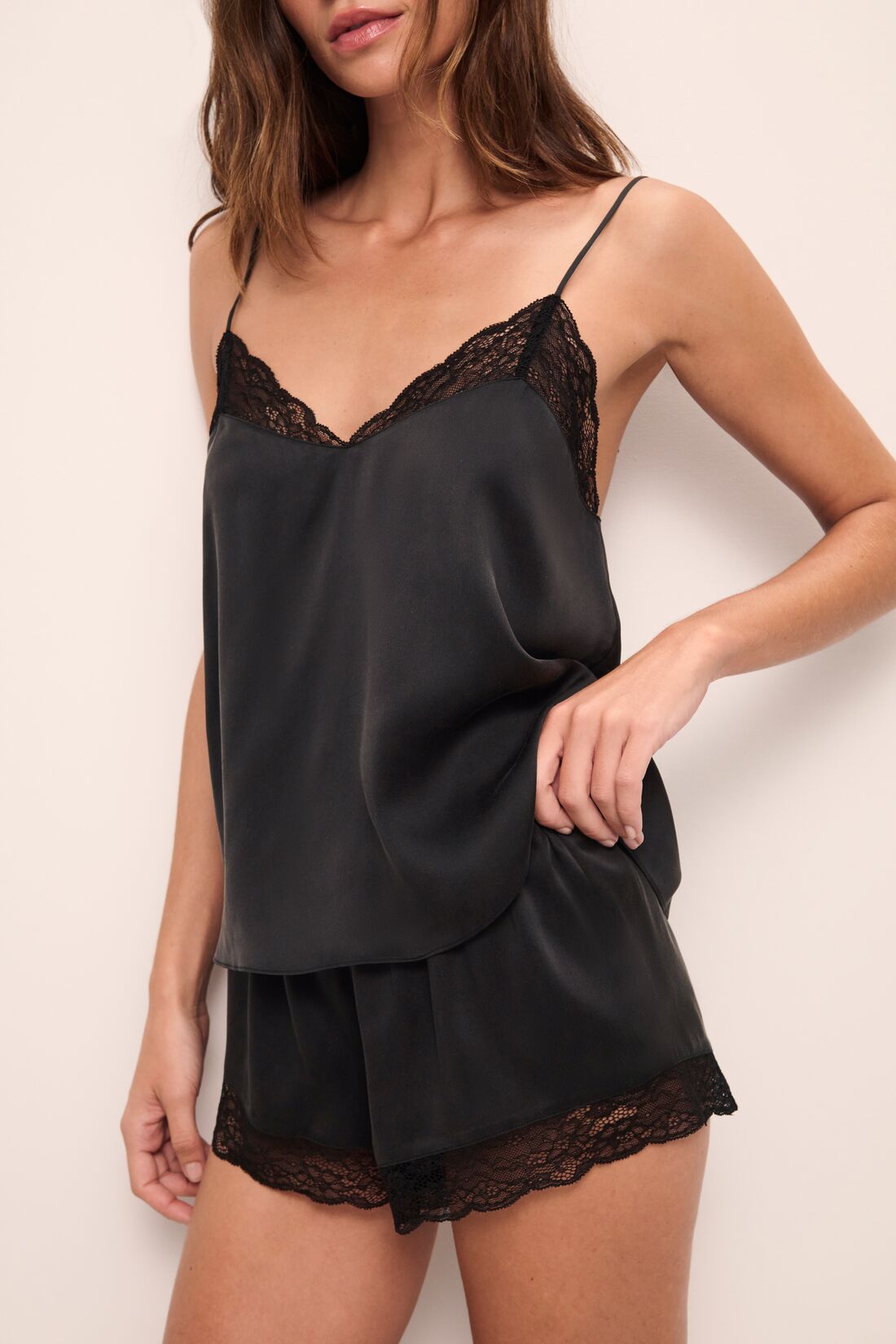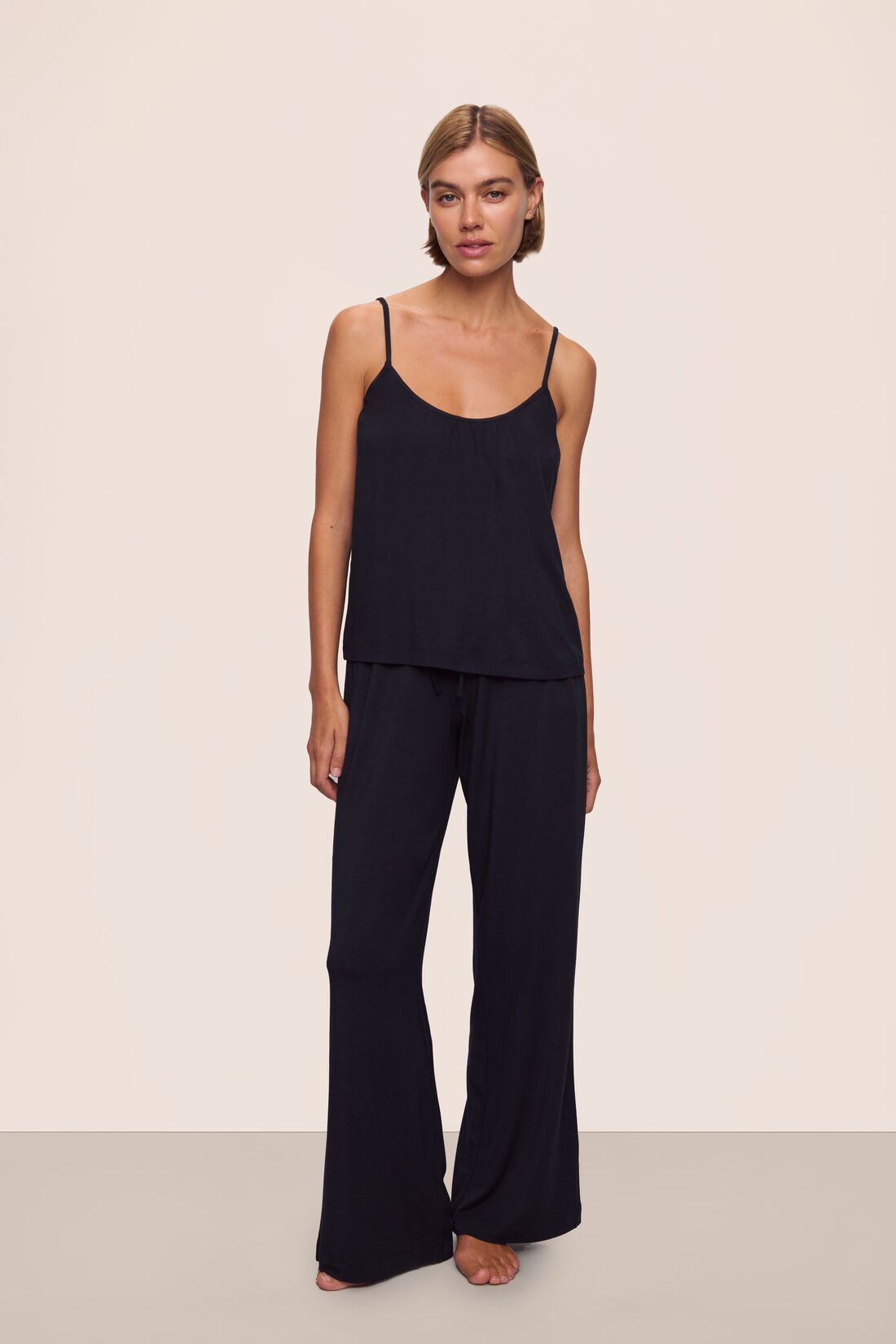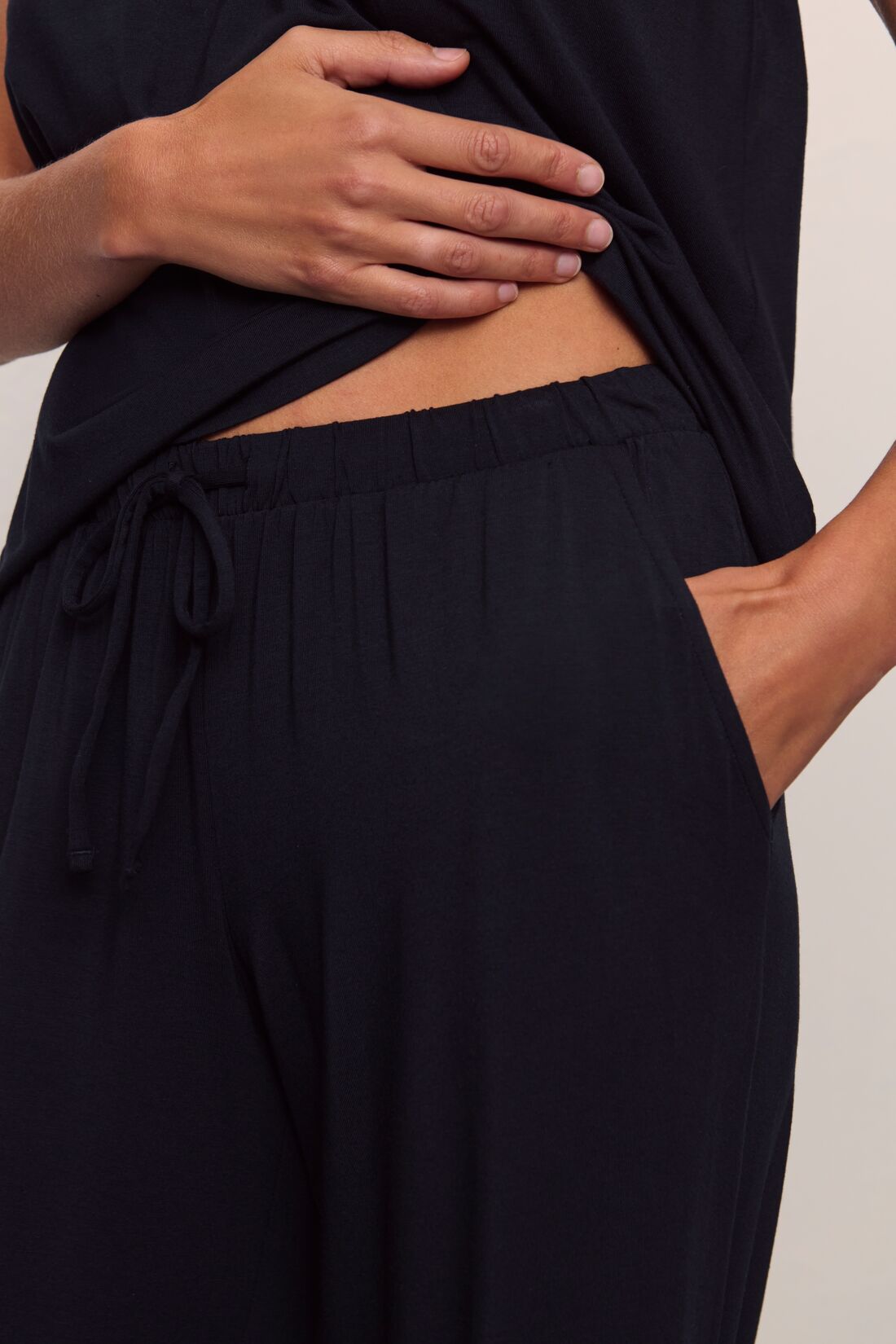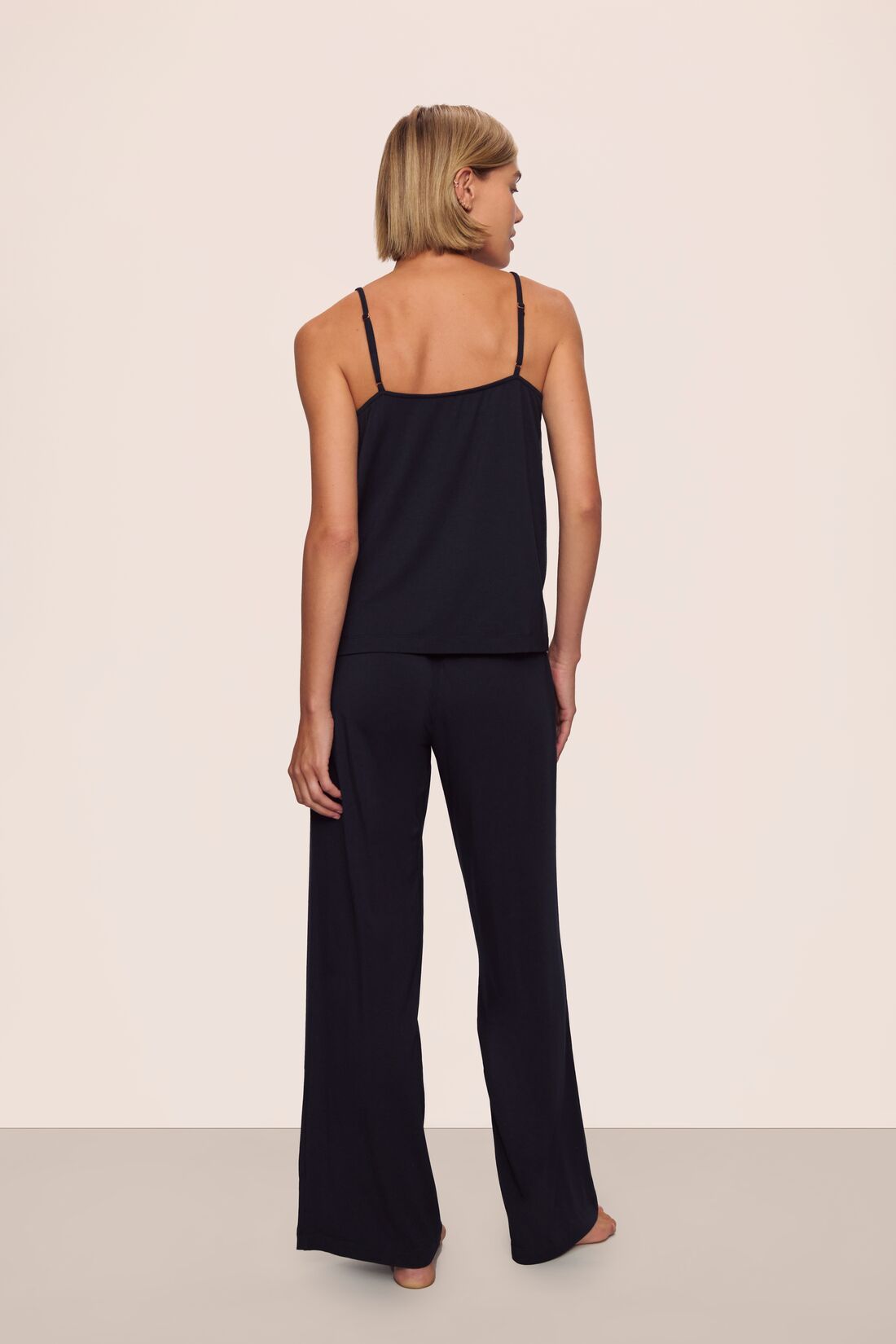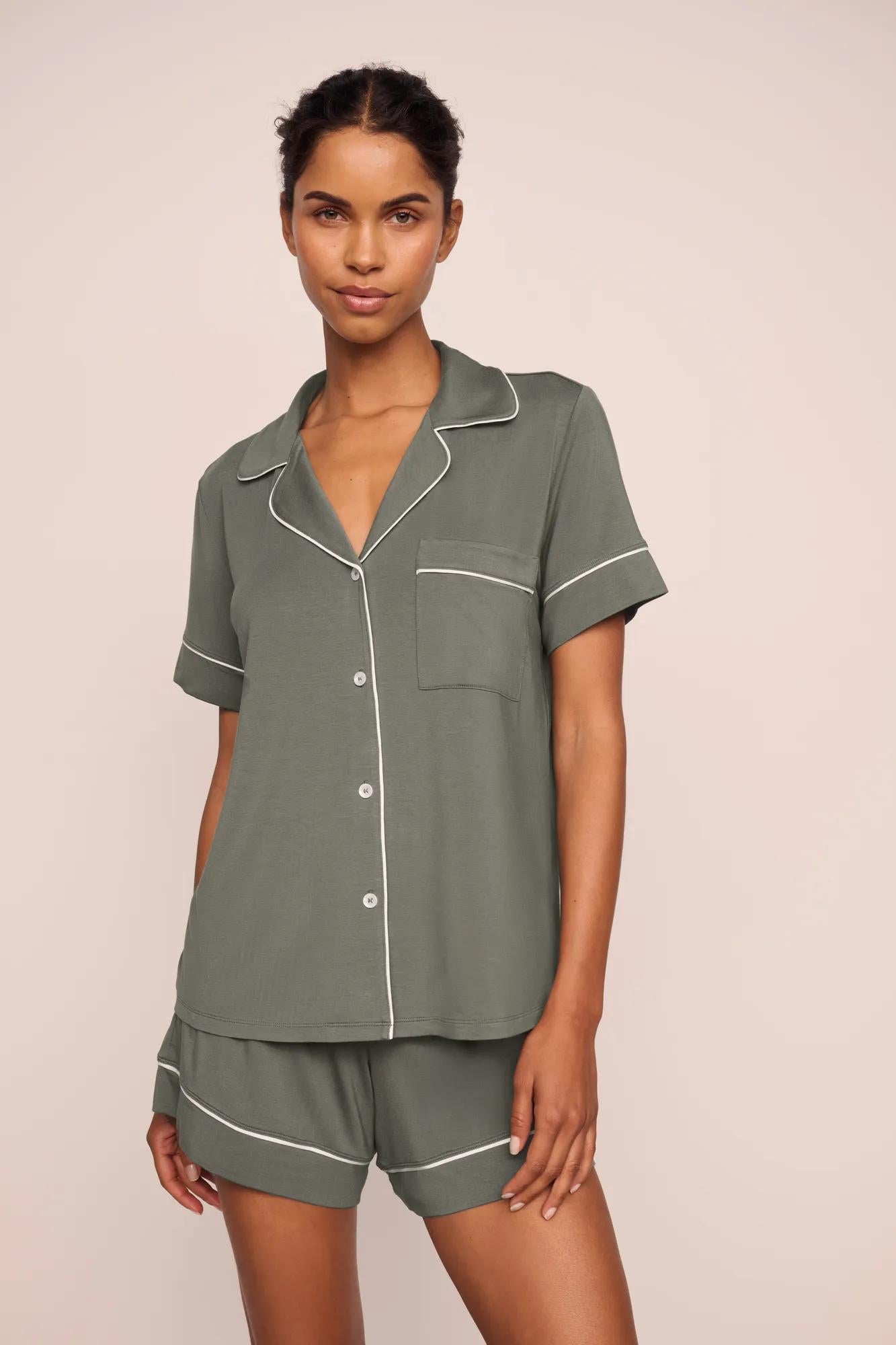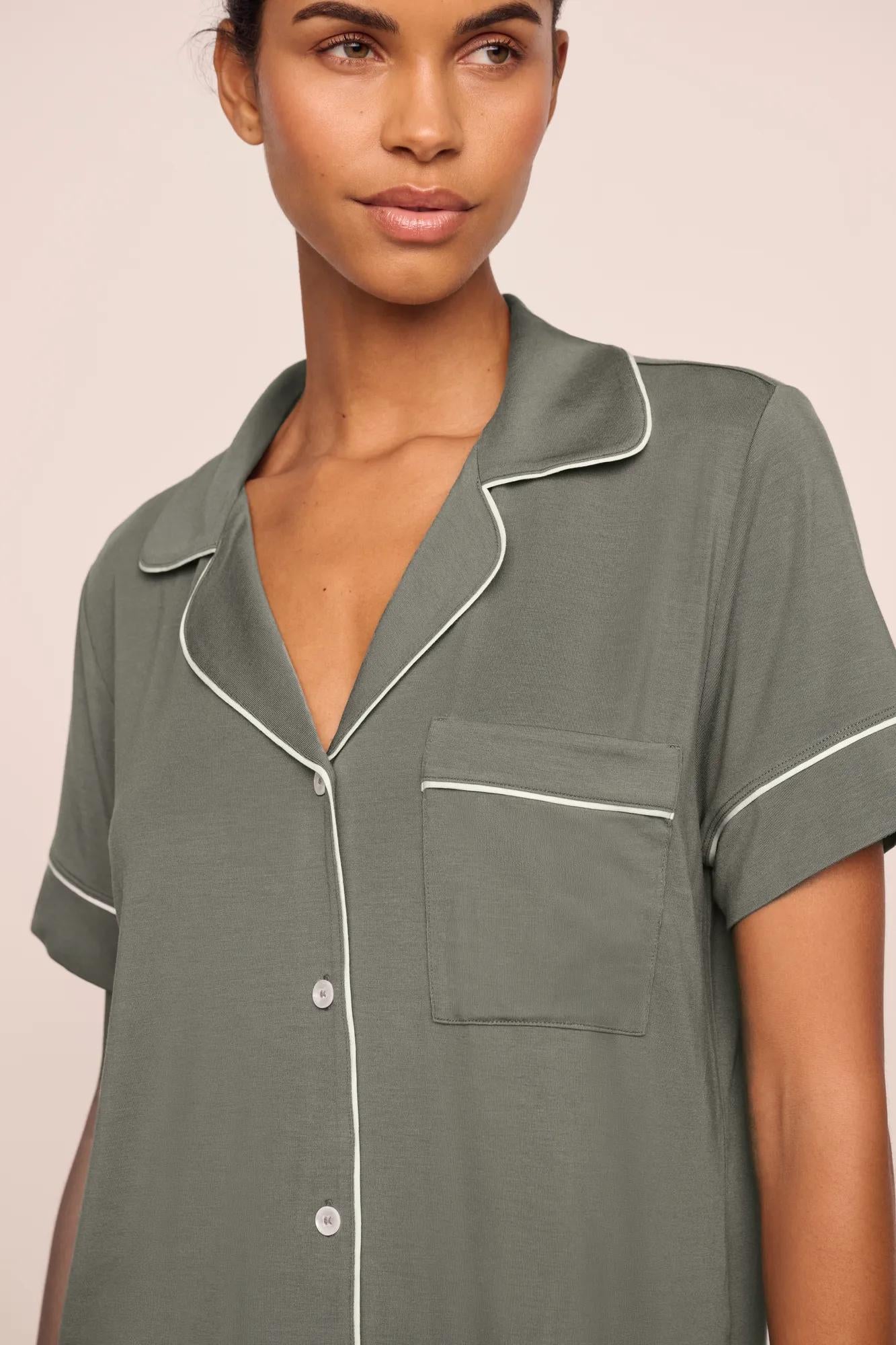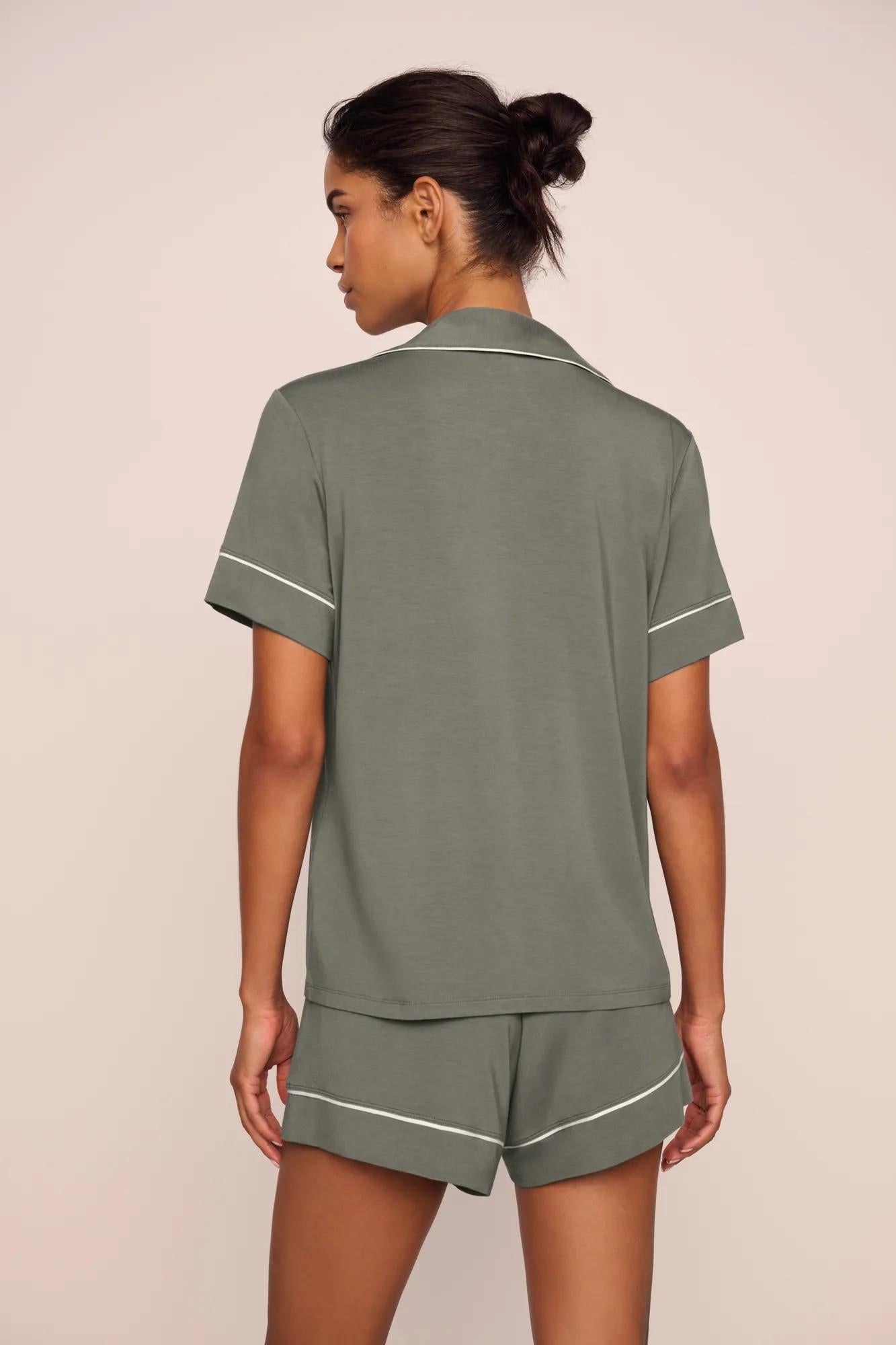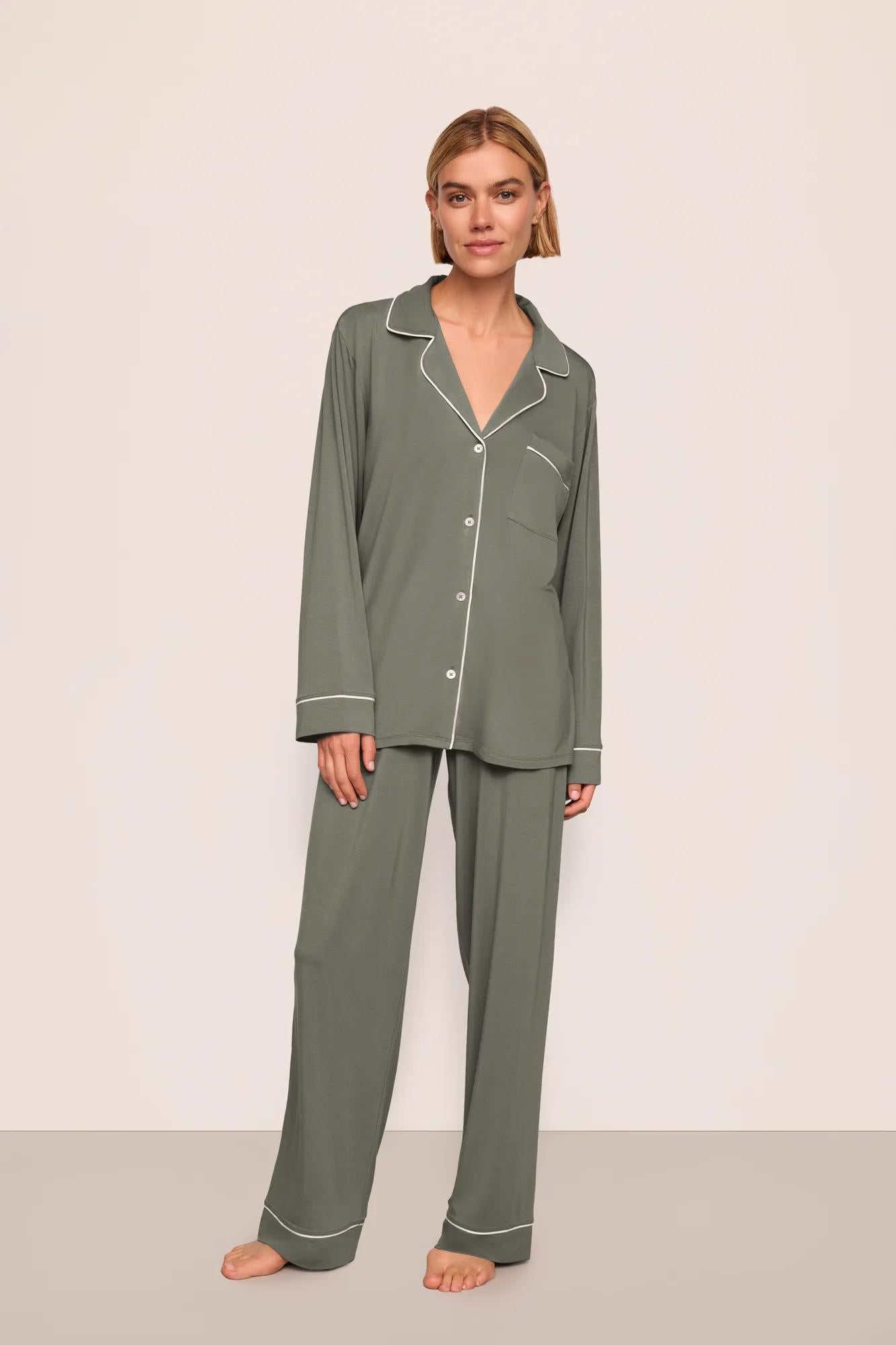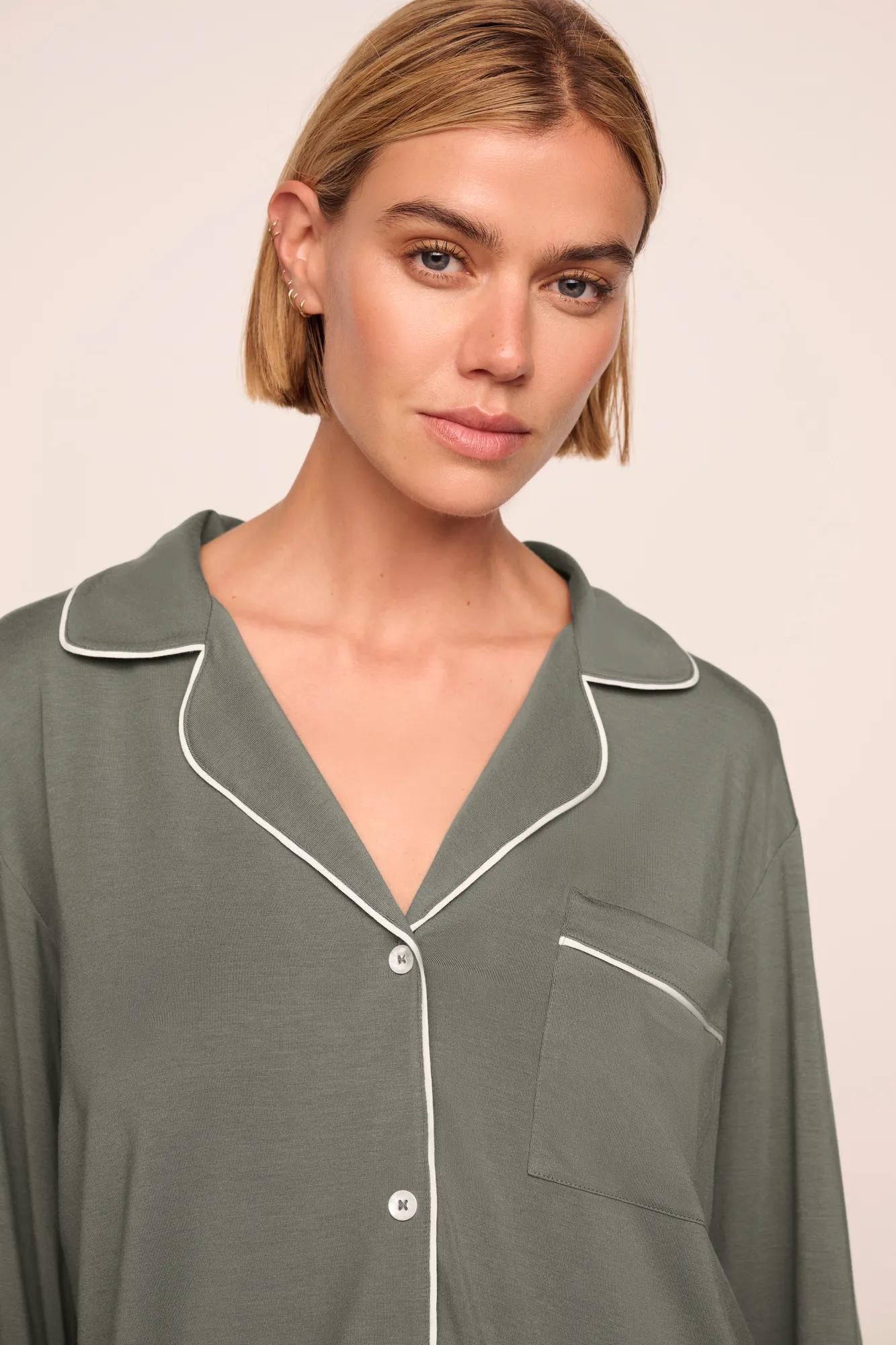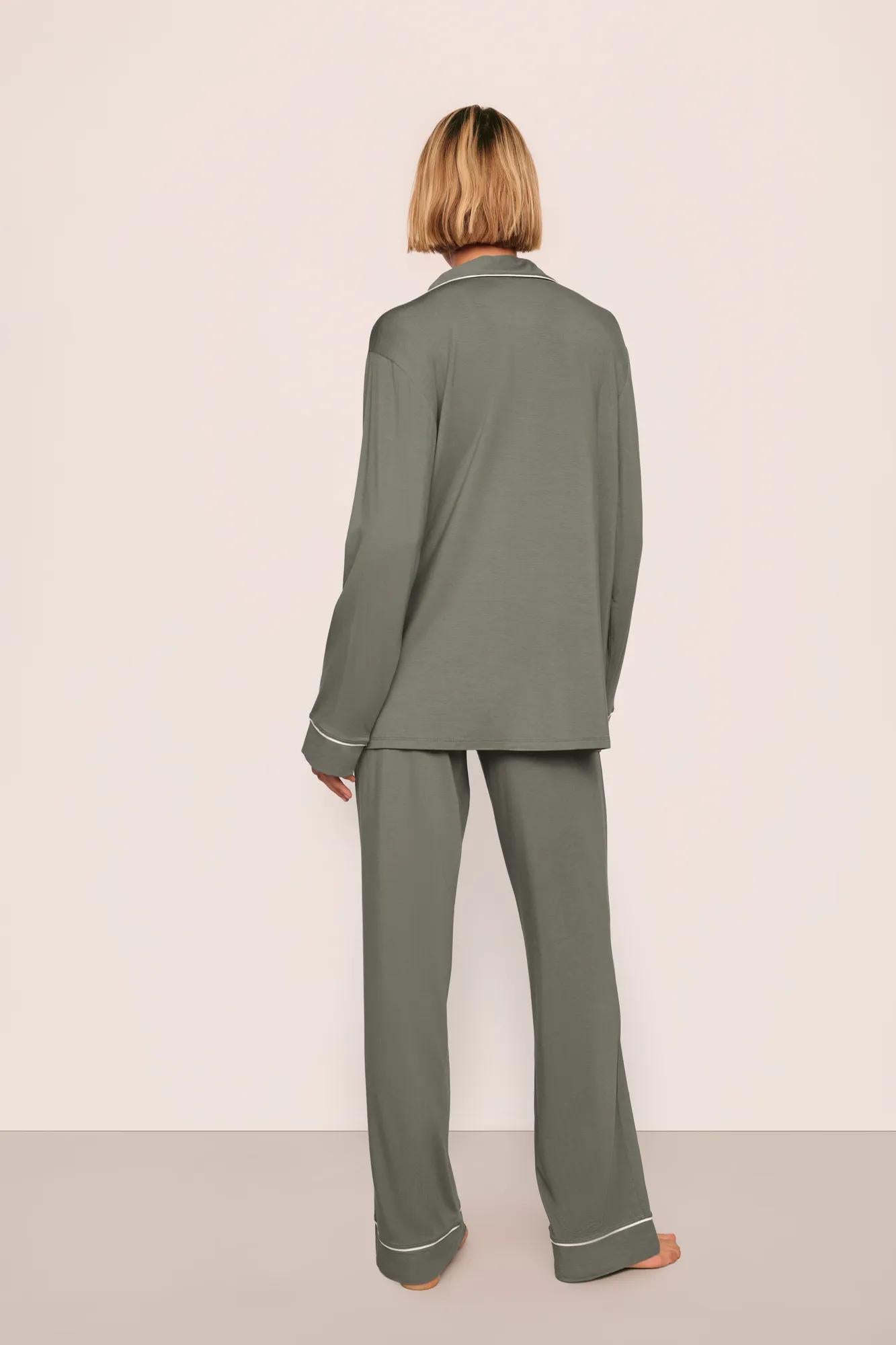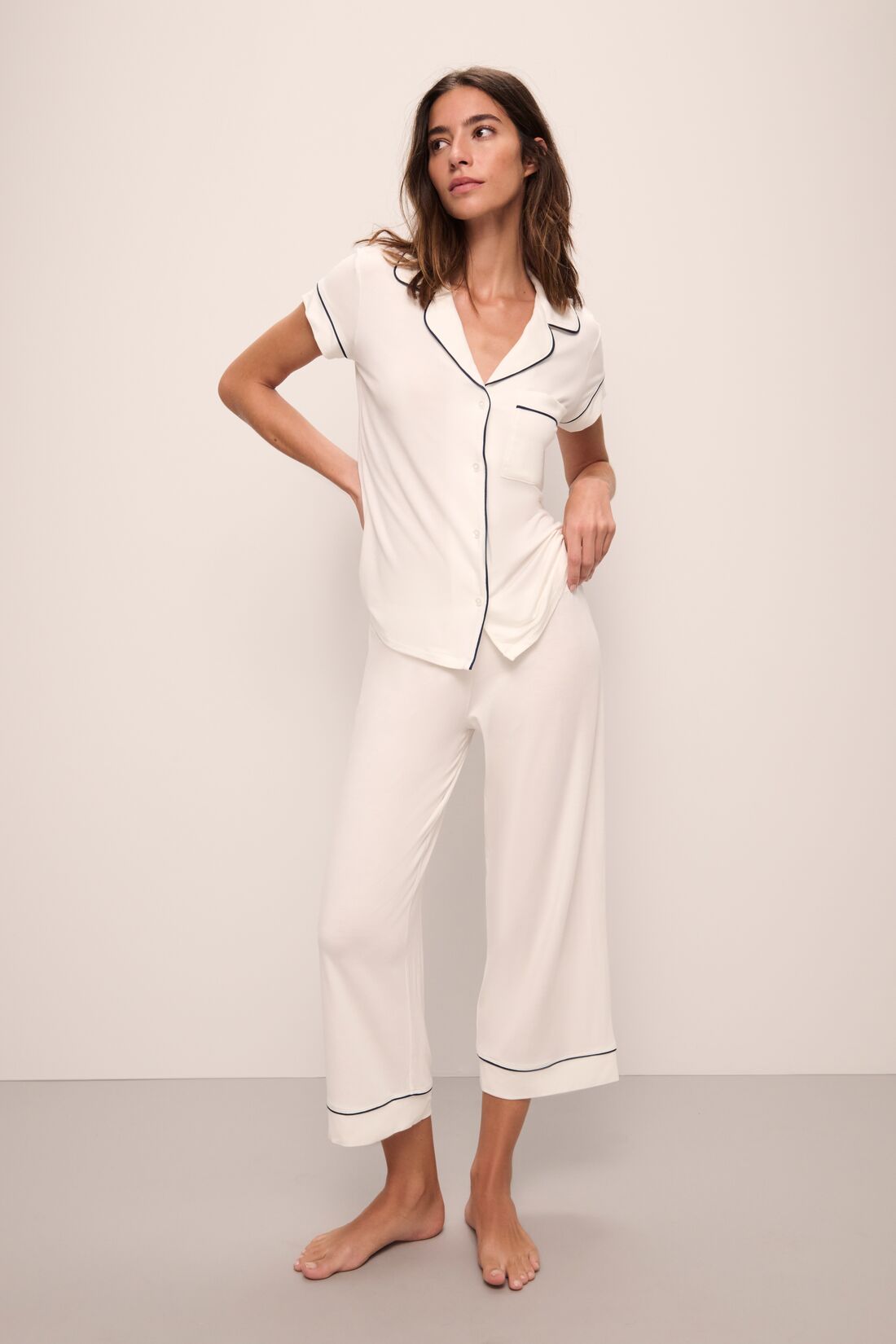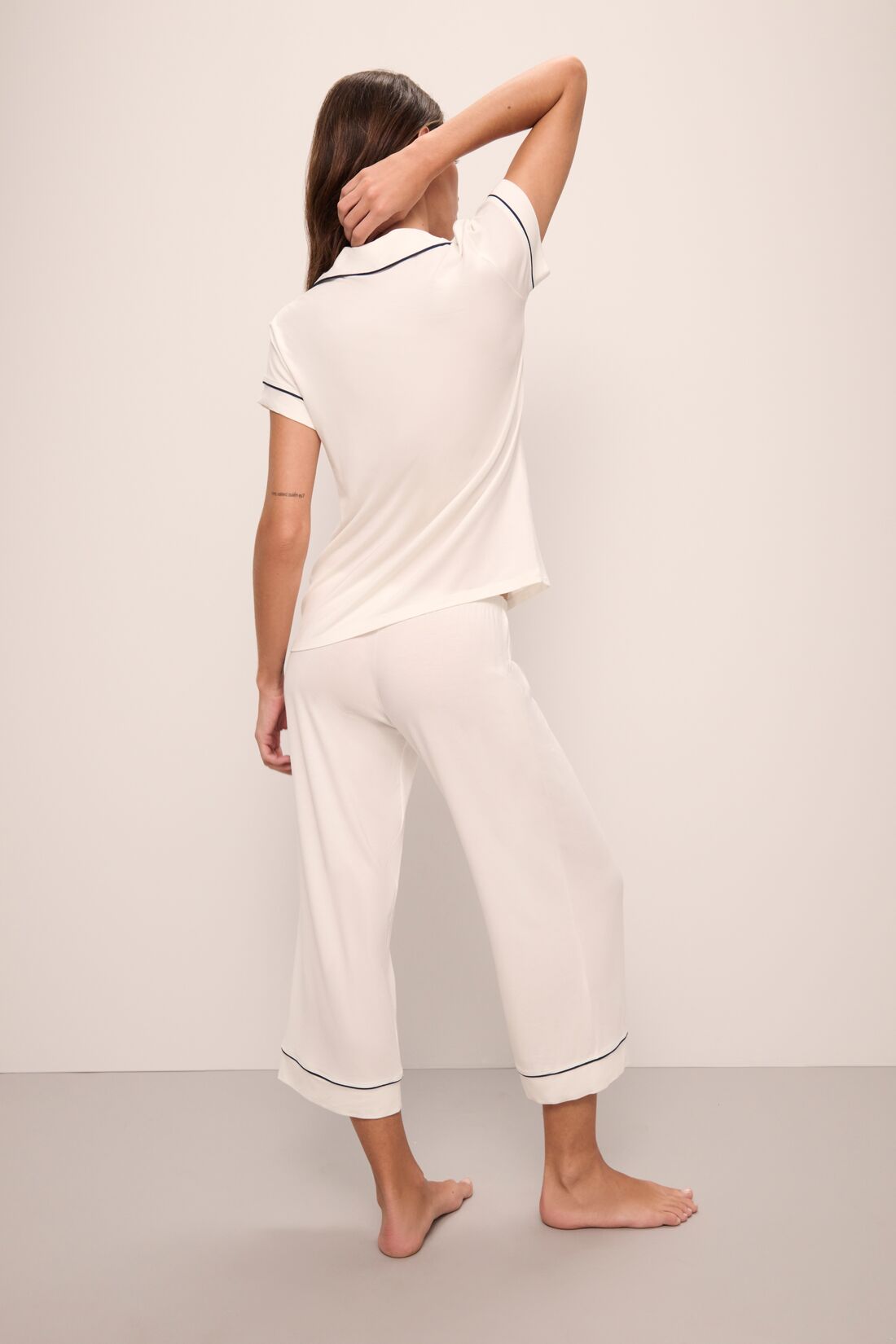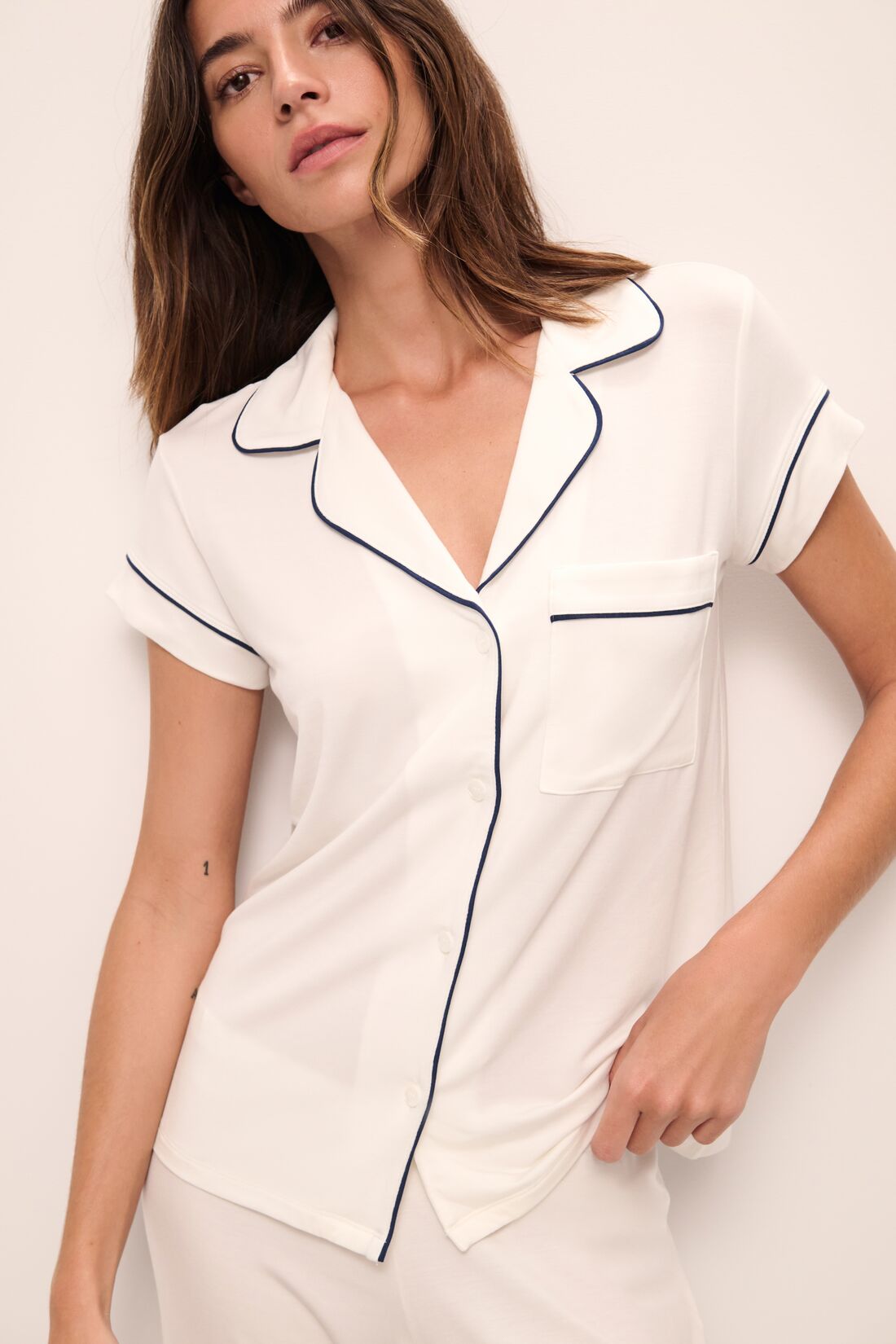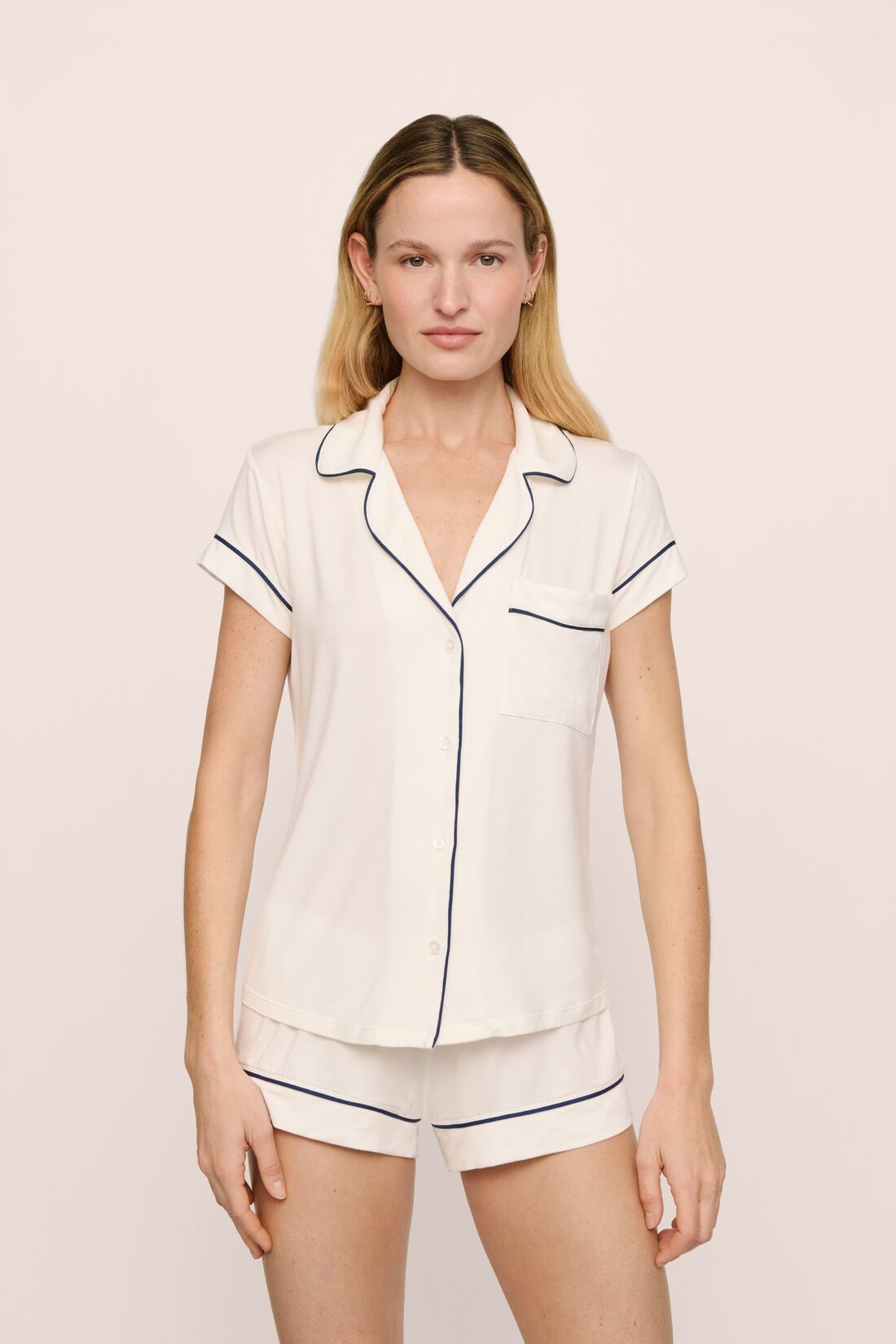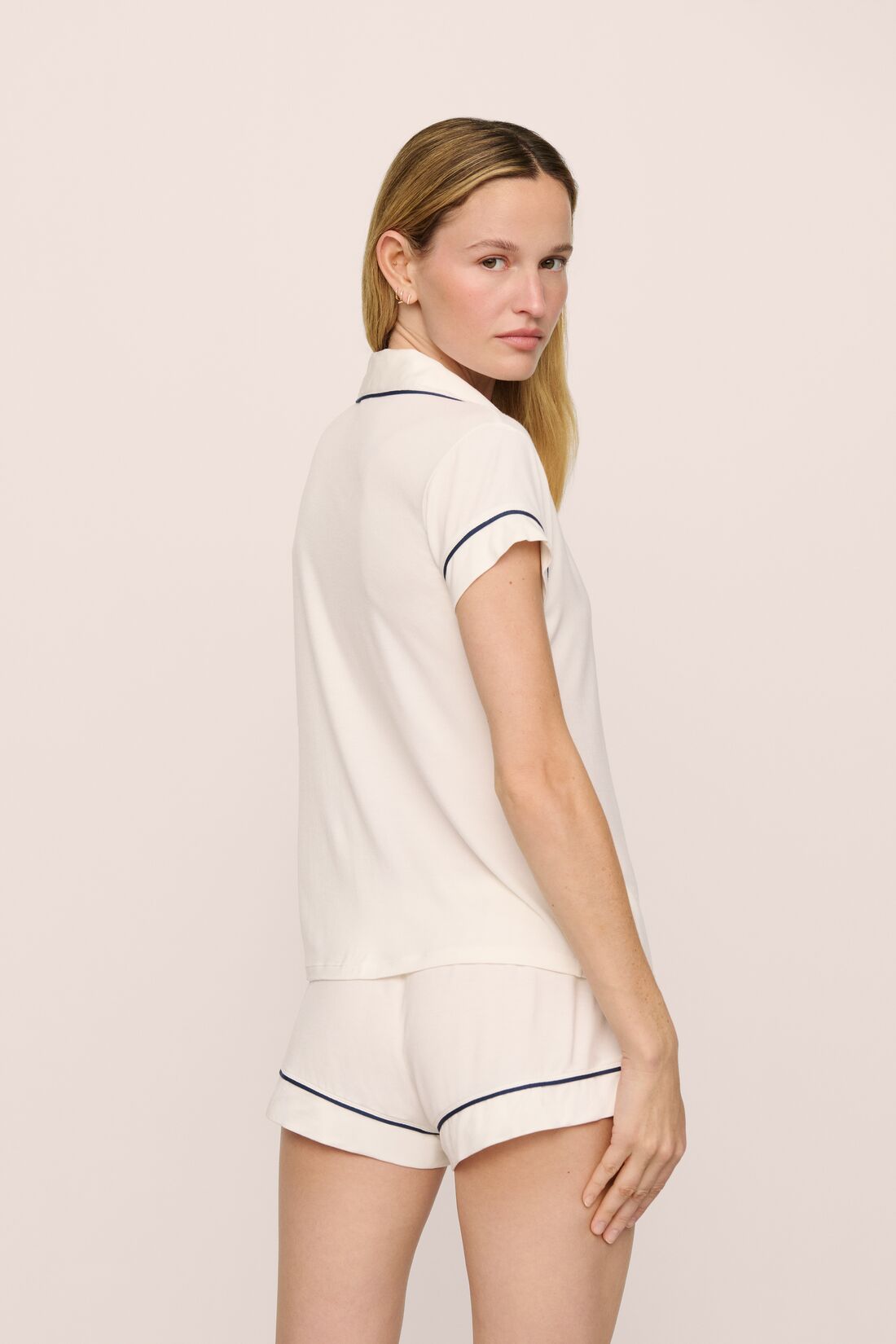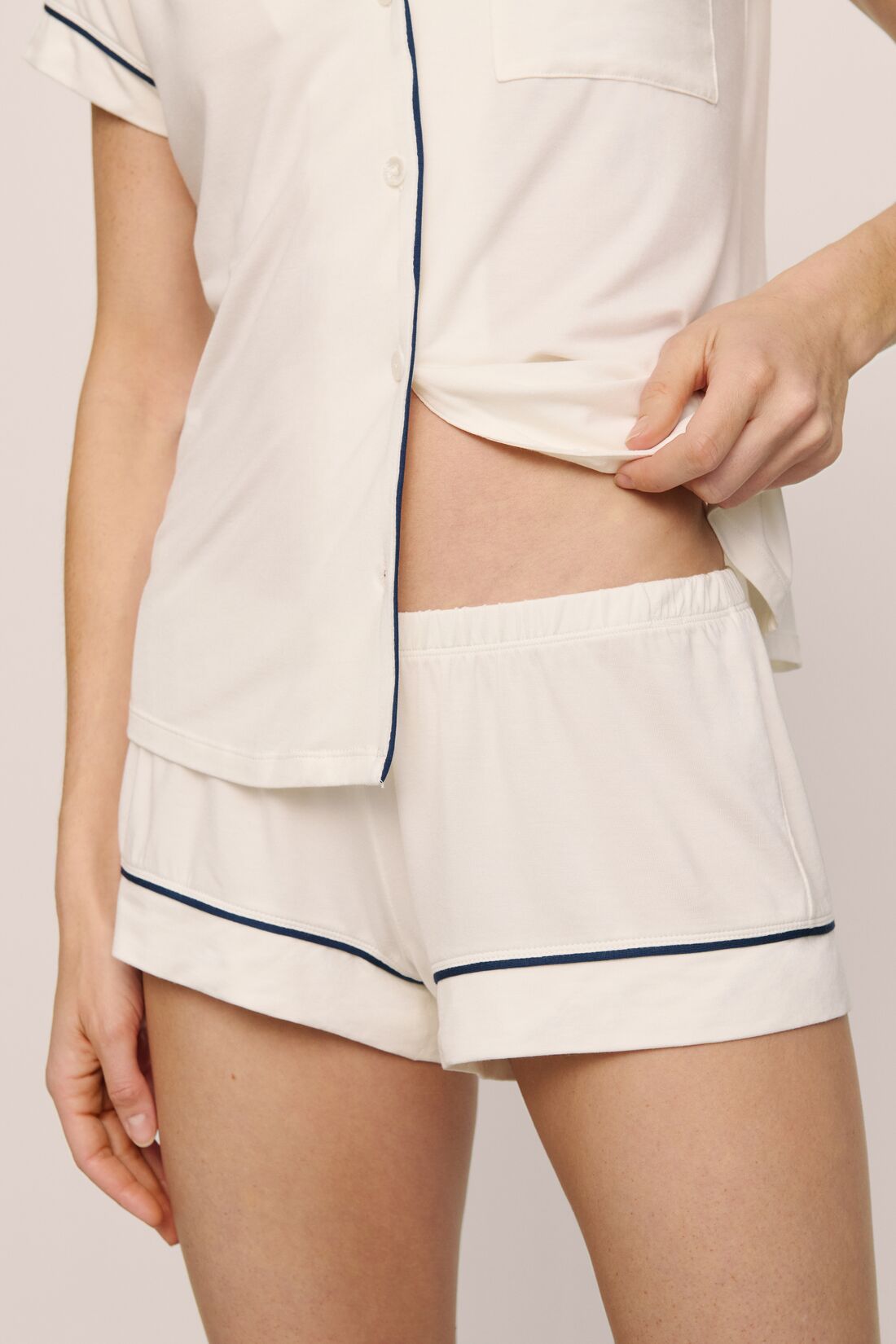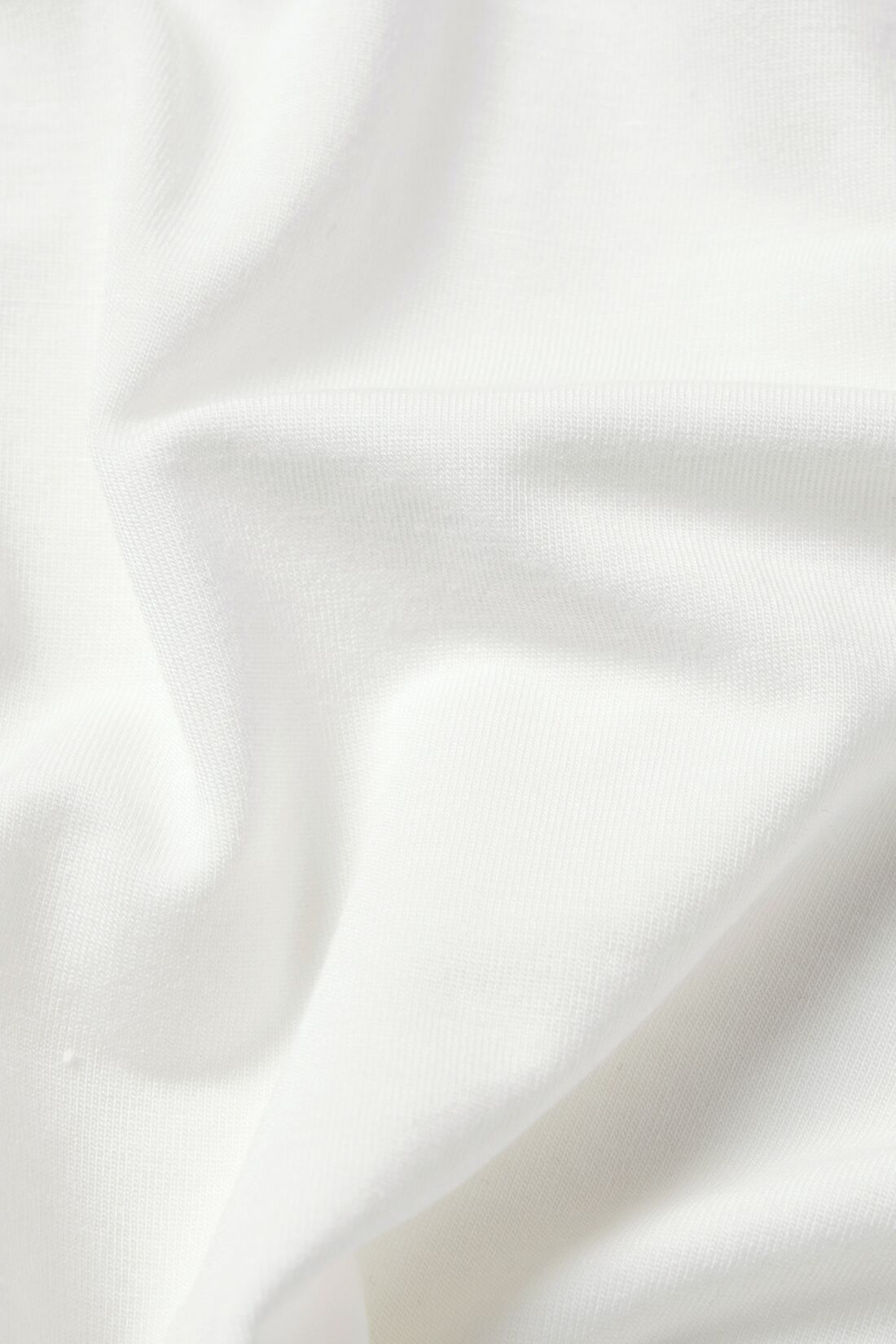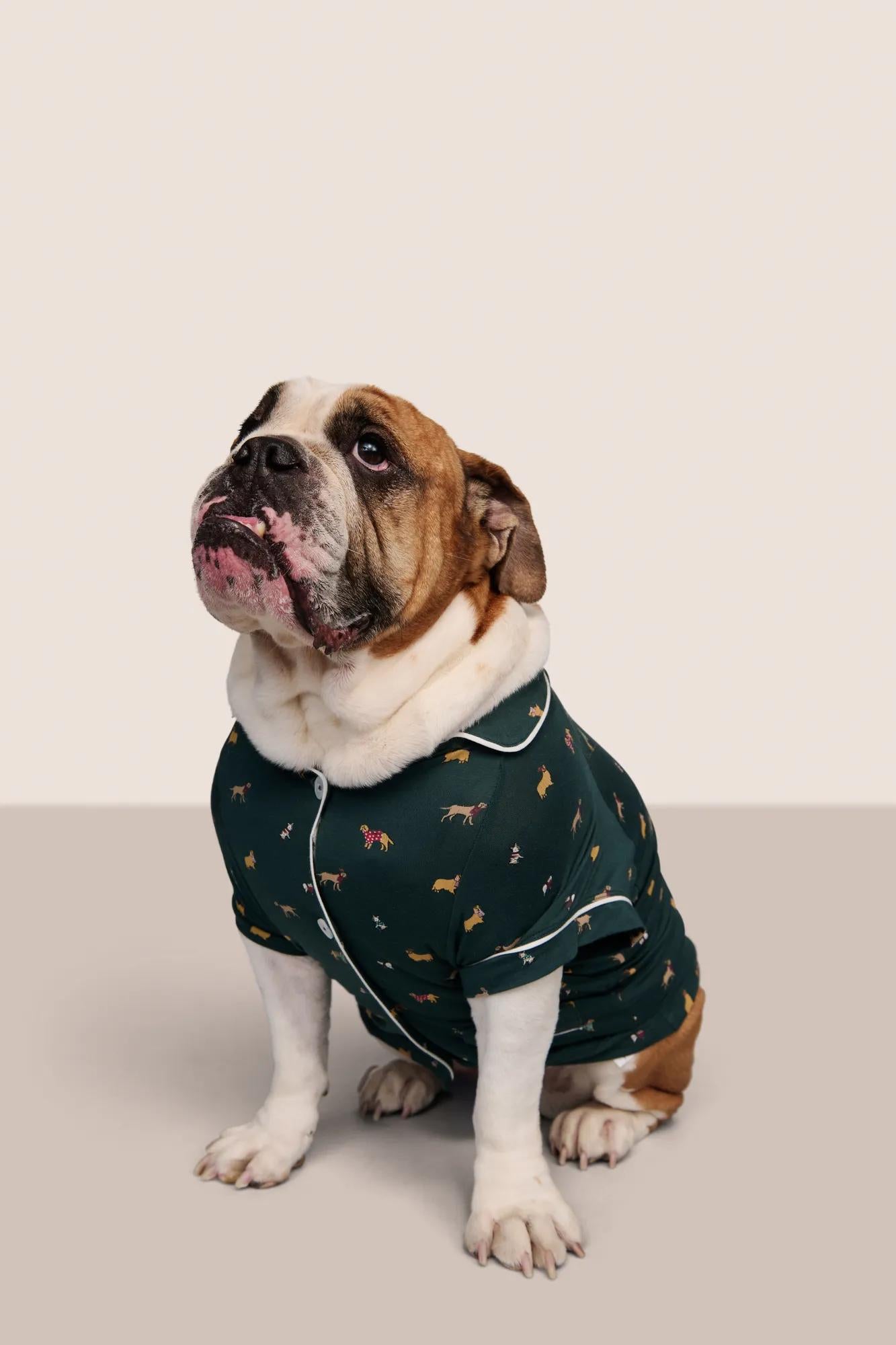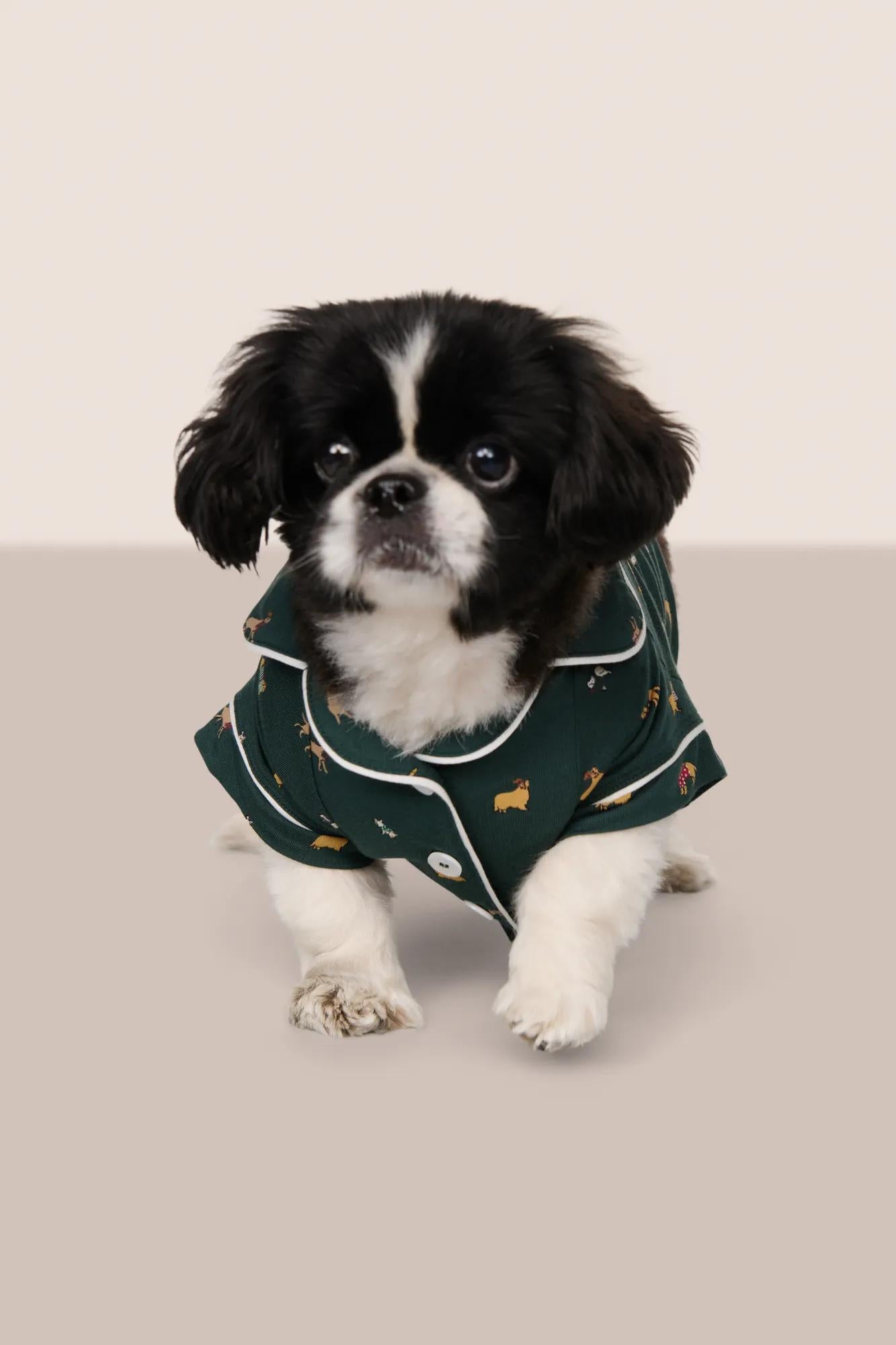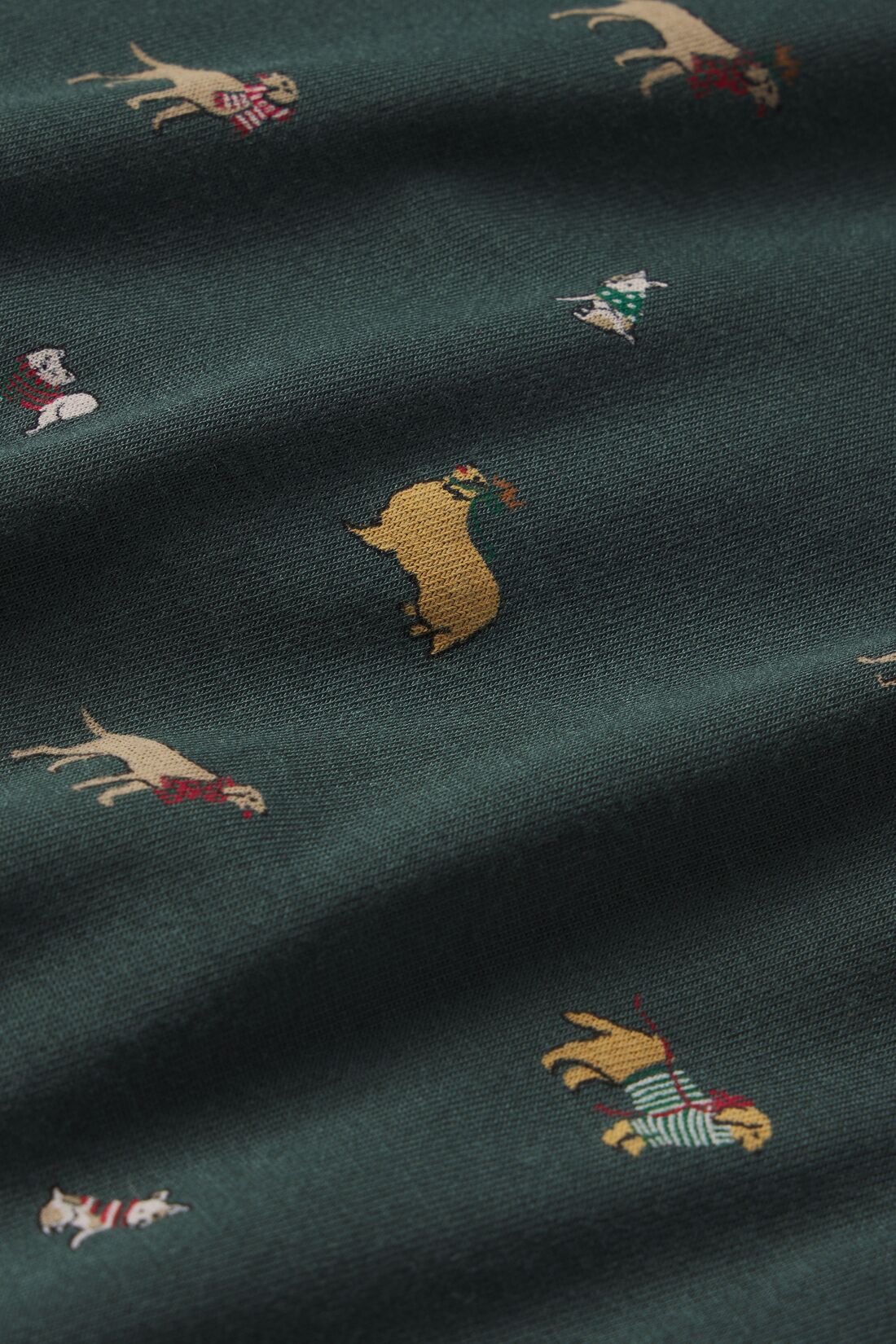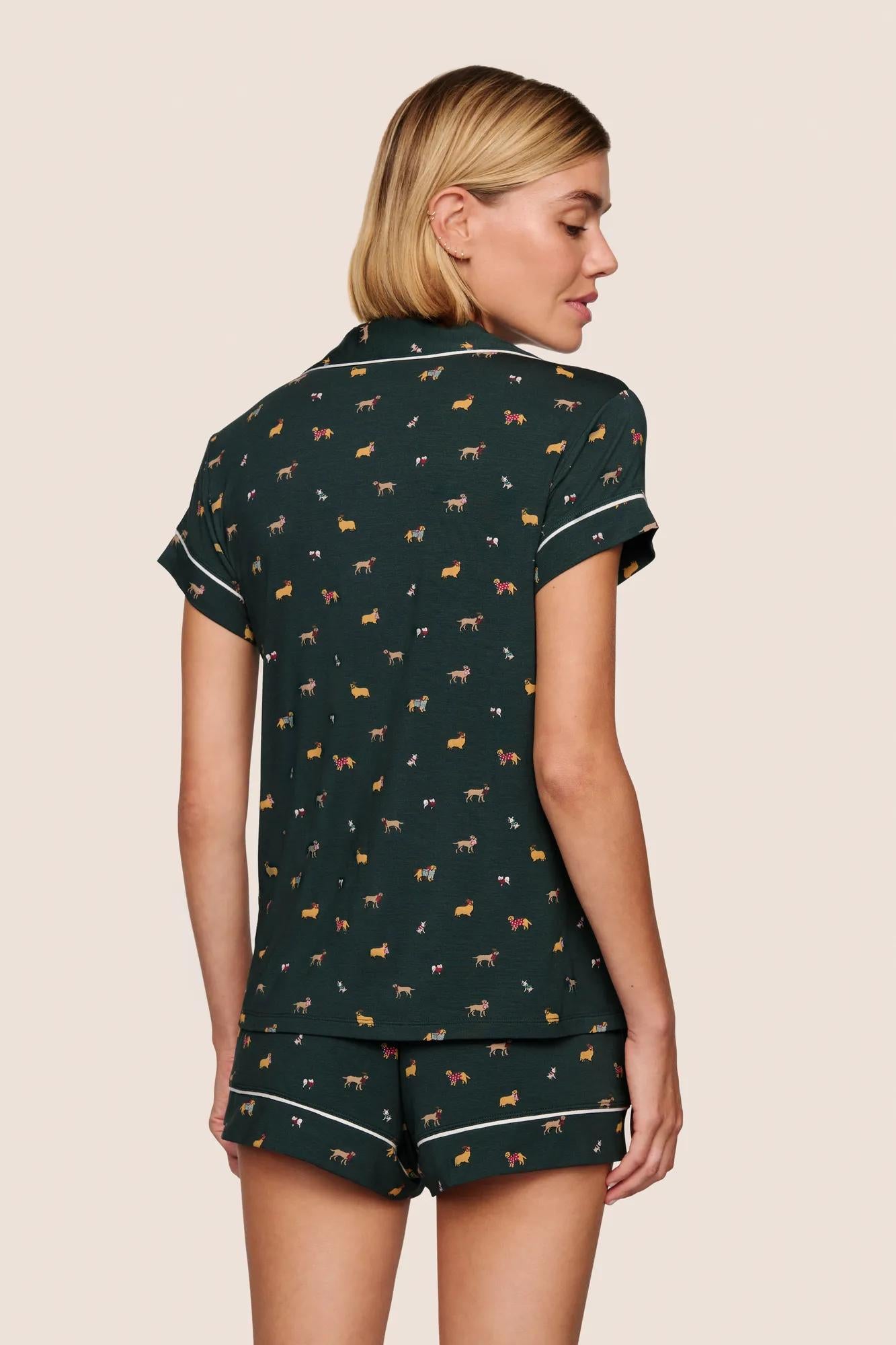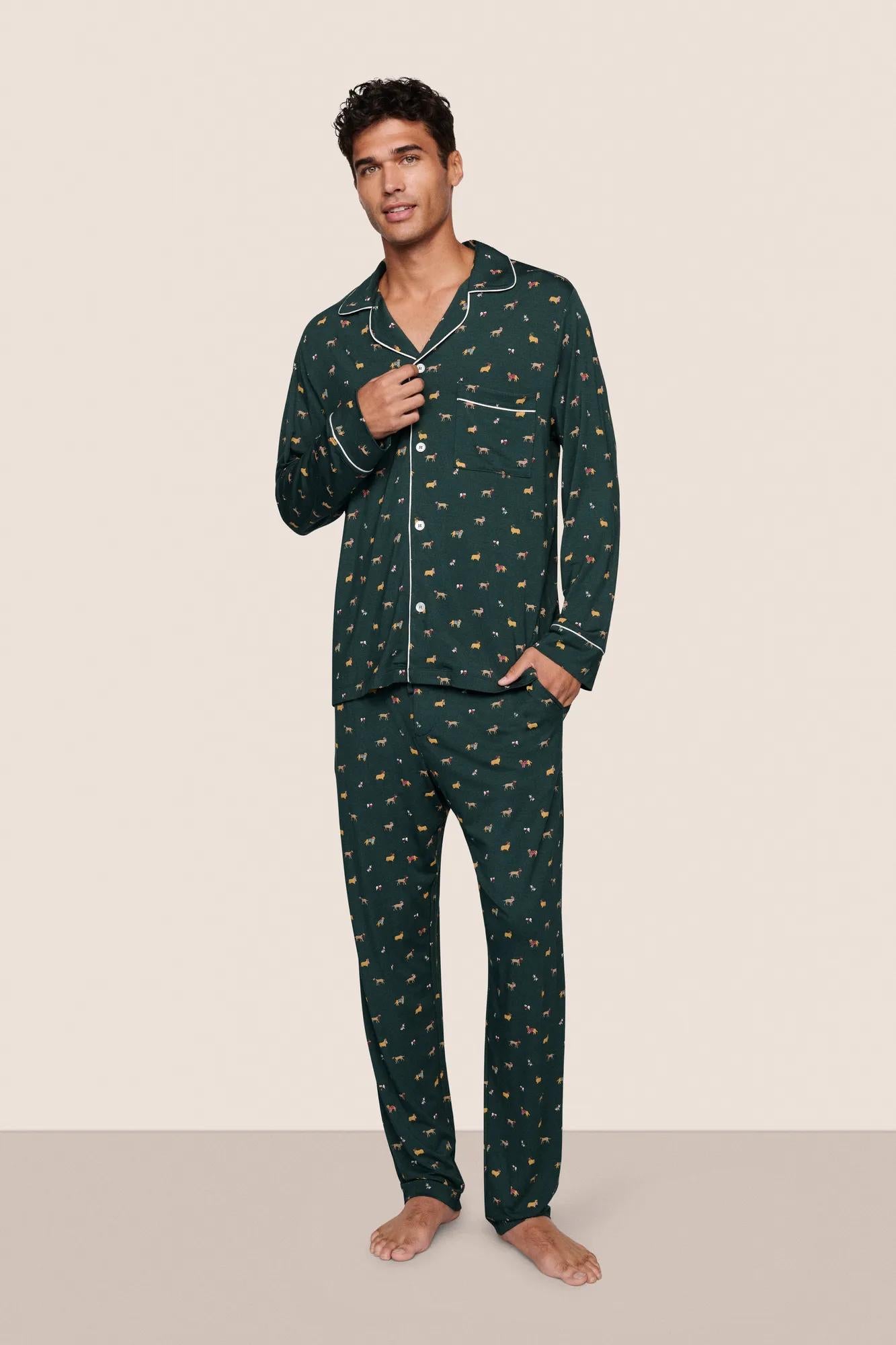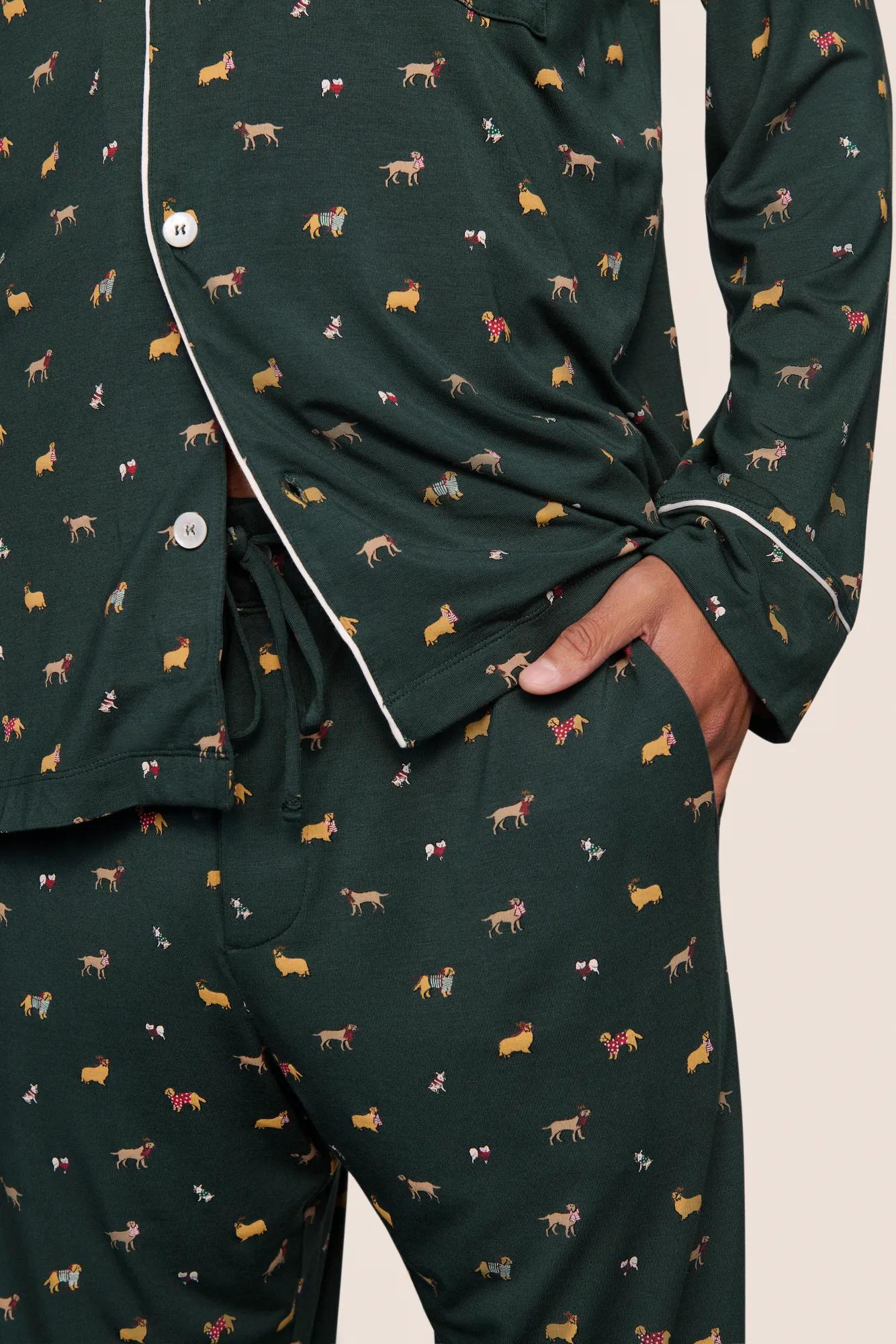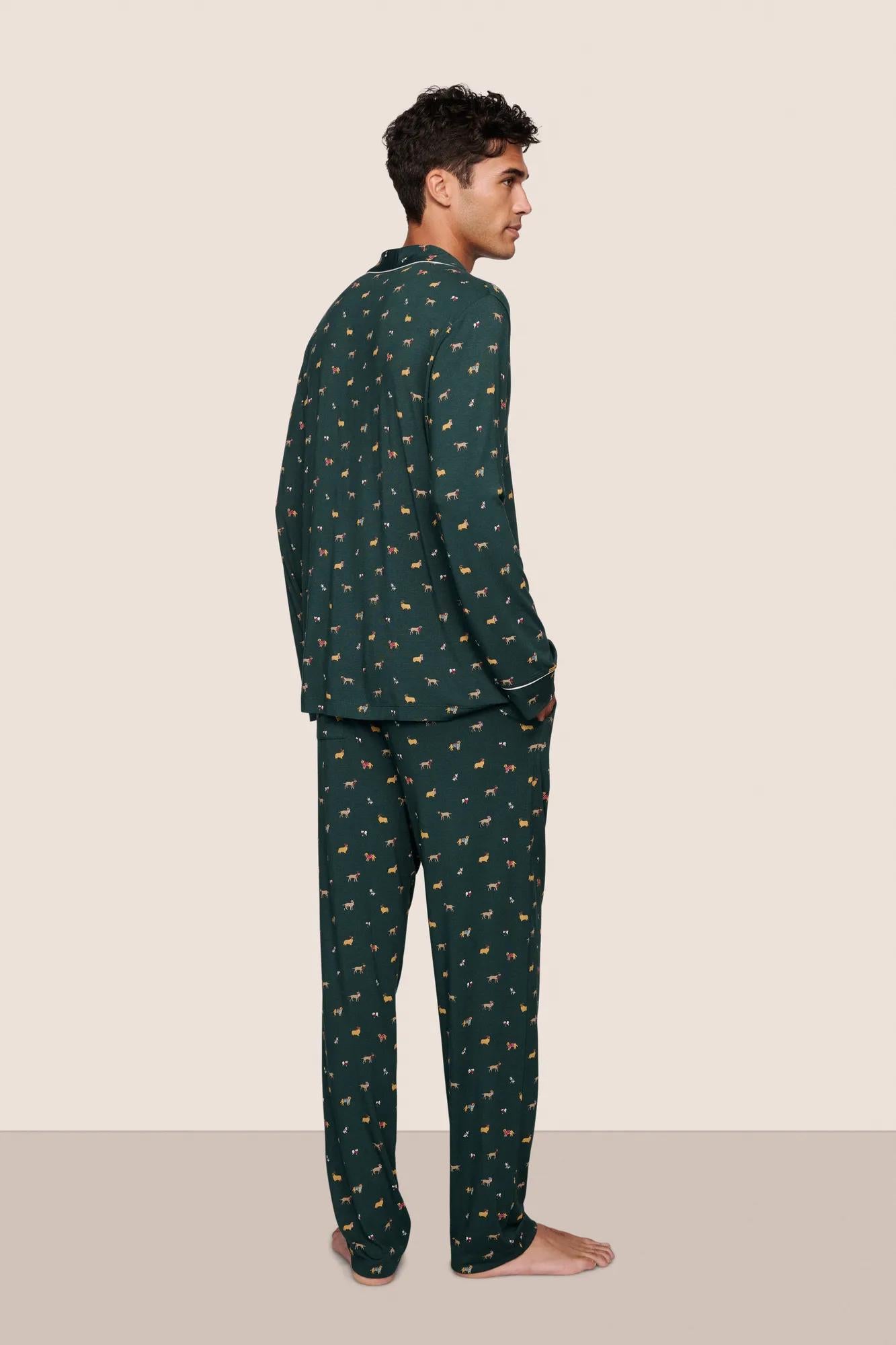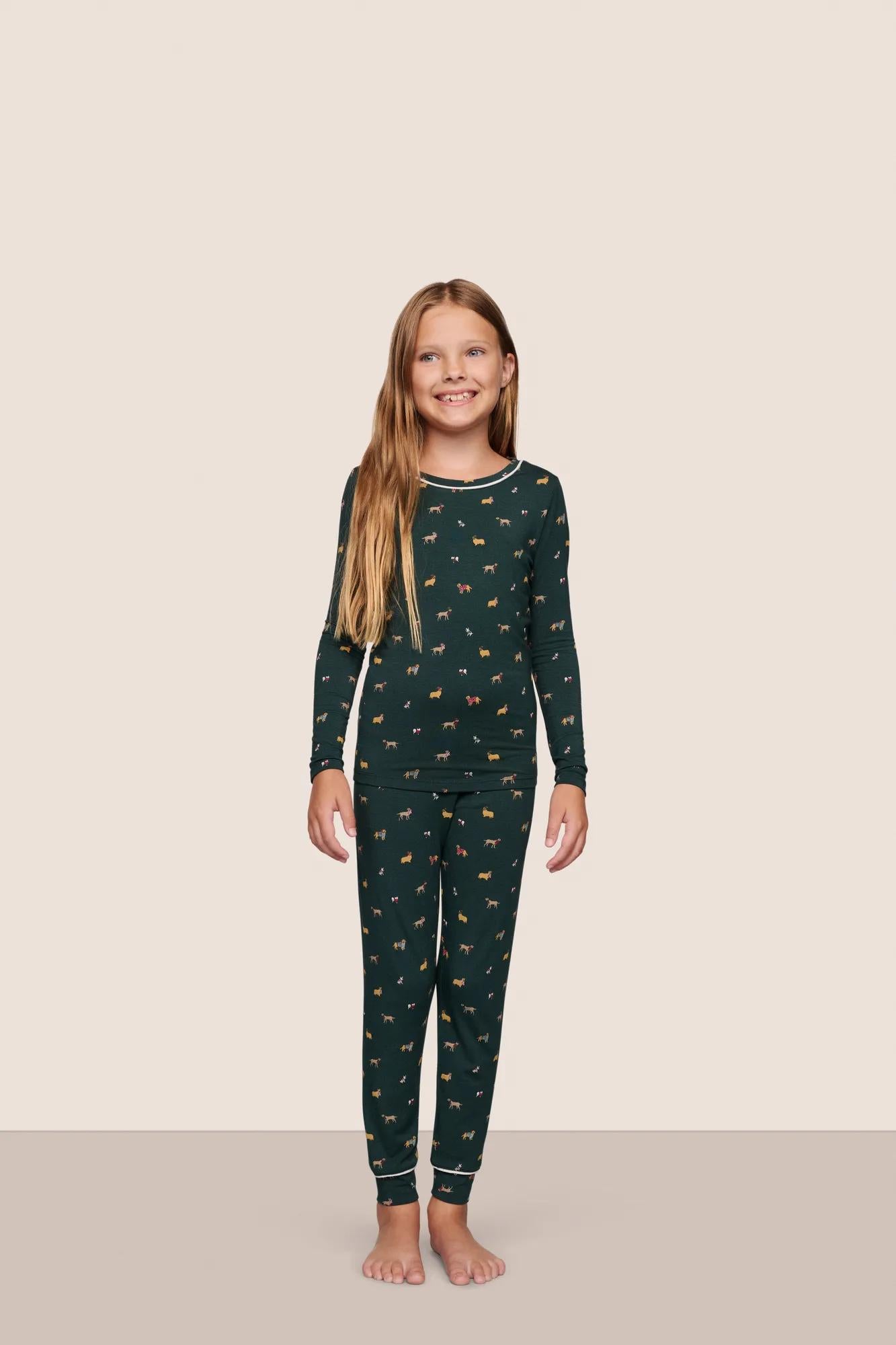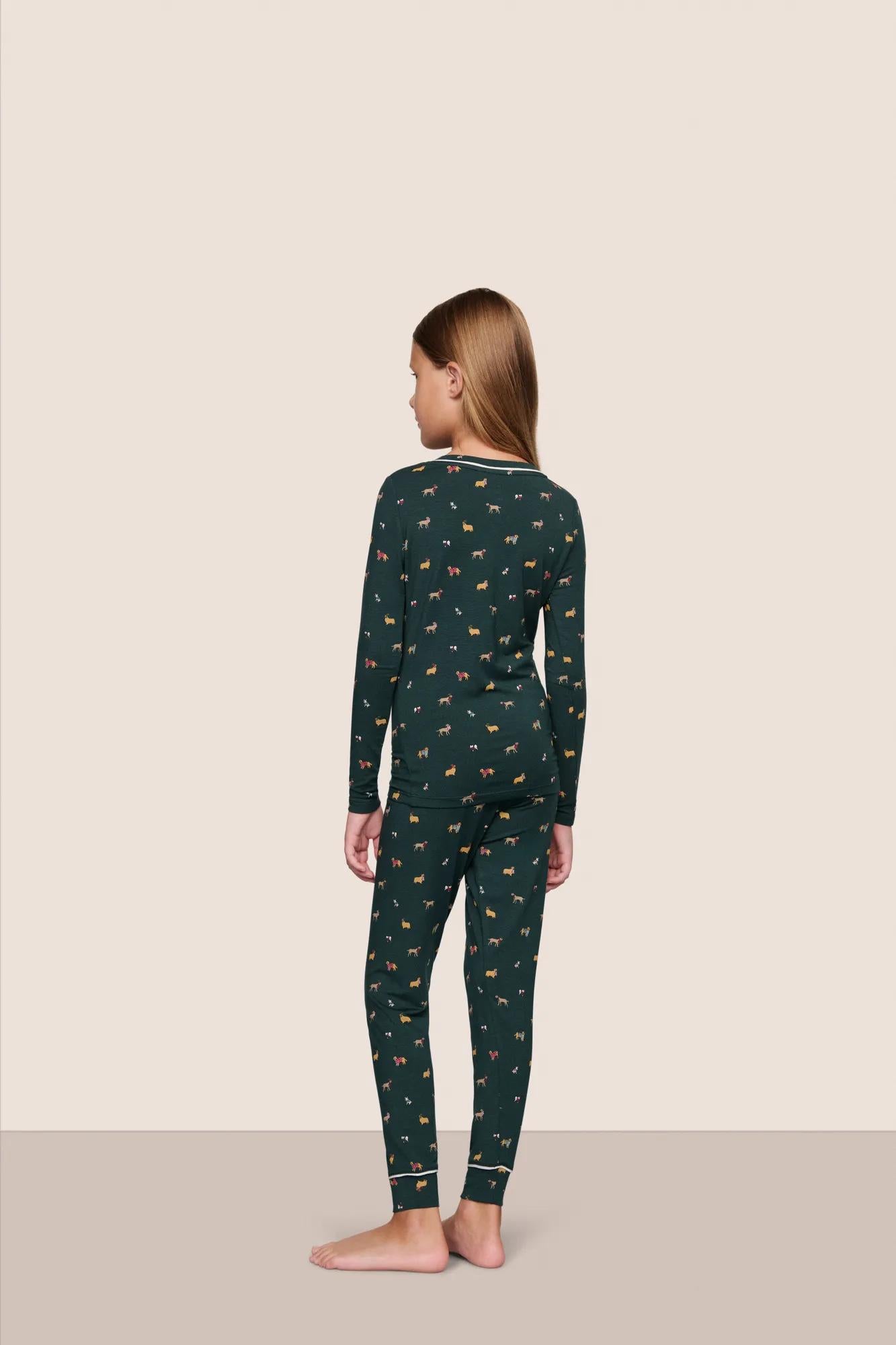How to Care for Your Fabrics
To help your garments live a long, soft life, a little care goes a long way. At Eberjey, we feel a deep responsibility for what we create—so we’ve put together a thoughtful care guide to help you care for your pieces in a way that’s gentler, more sustainable, and just a little more joyful.

HOW TO WASH YOUR CLOTHES
Washing Guide
Turn garment inside out before washing
Turn the garment inside out to protect delicate details—like buttons, trims, or prints—and to help preserve the fabric’s surface appearance.
Do Not Wash
Articles marked in this way must not be washed. They may be sensitive to any kind of wet treatment or be unsuitable for washing in a domestic washing machine due to their size.
Hand wash
Hand wash in water no warmer than 40°C/104°F. First, dissolve a mild detergent in ample water. Gently submerge the textiles and lightly agitate—do not rub, twist, or wring. Rinse thoroughly, press out excess water with care, and reshape while still damp.
30°C/86°F fine wash
For dark-colored articles made of cotton, polyester, mixed fabrics, etc. Select an appropriate washing program. Treat colored and sensitive pieces promptly and do not leave them lying wet.
30°C/86°F mild fine wash
For articles made of TENCEL™ Modal, viscose, polyacryl, polyester, and polyamide. Use a reduced load size and select an appropriate washing program. Avoid spinning, or spin only briefly, to minimize creasing. Do not leave colored and delicate items wet.
30°C/86°F very mild fine wash
For articles made of machine-washable wool. Use a gentle washing cycle with minimal mechanical action. Select an appropriate program, reduce the load size significantly, and handle colored or delicate items promptly. Never leave them damp for extended periods.
Remove promptly after wash
Remove promptly from the machine to help maintain the fabric’s original color and prevent transfer between contrast panels.

Bleaching CLOTHES correctly
Bleaching Guide
Any bleaching agent is allowed
The empty triangle is the symbol for chlorine and oxygen bleach.
Only oxygen bleach allowed
The triangle with two oblique lines indicates that oxygen bleach (contained in universal detergents) is permitted but not chlorine bleach.
Do not bleach
The triangle with a diagonal cross indicates that bleaching is not allowed. Use only bleach-free detergent.
HOW TO DRY YOUR CLOTHES
Drying Guide
Flat drying
Heavy, colorfast textiles
Line drying
All colorfast textiles
Do not tumble dry
Articles unsuitable for tumble drying
Mild drying processes
Use caution when tumble drying. Select a gentle cycle with reduced heat and a shorter drying time.

HOW TO IRON YOUR CLOTHES
Iron Guide
Do not iron
Irreversible changes in fabric will occur if an iron
is used.
Iron at low temperature
Iron at a maximum sole plate temperature of 120°C/248°F. If necessary, use a press cloth or iron pieces inside out, especially those that are shiny or pressure-sensitive. Use caution with steam irons. When in doubt, avoid steam.
Iron at moderate temperature
Iron at maximum sole plate temperature of 160°C/320°F, corresponding to the “wool/silk/polyester/viscose” setting. Use a moderately moist pressing cloth. A steam iron may be used. Avoid applying heavy pressure.
Hot Iron
Iron at a maximum sole plate temperature of 210°C/410°F, corresponding to the “Cotton/Linen” setting. Iron while the fabric is damp, and moisten if needed. For shiny or pressure-sensitive pieces, use a pressing cloth or iron inside out. A steam iron may be used.
HOW TO CLEAN YOUR CLOTHES
Cleaning Guide
Do not dry-clean
Professional dry-cleaning is not permitted. Avoid using stain removers that contain solvents.
Professional dry-cleaning in: perchloroethylene, hydrocarbons (heavy benzines)
Normal cleaning process with no restrictions. Commercial stain removers on a solvent base may be used with some restrictions. A trial on a concealed part of the article is advisable beforehand.
Best Sellers
